Promote linkages and high technology applications
The earliest models include the Garden - Pond - Barn (VAC) model, the VAC combined with forest (VACR) model, which has been widely deployed since the 1980s. Next is the biogas-based livestock model; the combined crop and livestock model, such as raising cows - growing corn, growing rice - raising fish, or the RAS circulating filtration system application model in aquaculture, which is widely applied in the Mekong Delta... Sharing at the Forum "Implementing circular economy in Vietnam under new conditions" recently organized by the Vietnam Institute of Economics, Dr. Dao Thi Hoang Mai, Vietnam Institute of Economics, said that if understood in terms of future agriculture, the above combined production models, often on a household scale, can only be considered the initial level of circular agriculture. In which, there is a lack of science and technology applied to the production process.
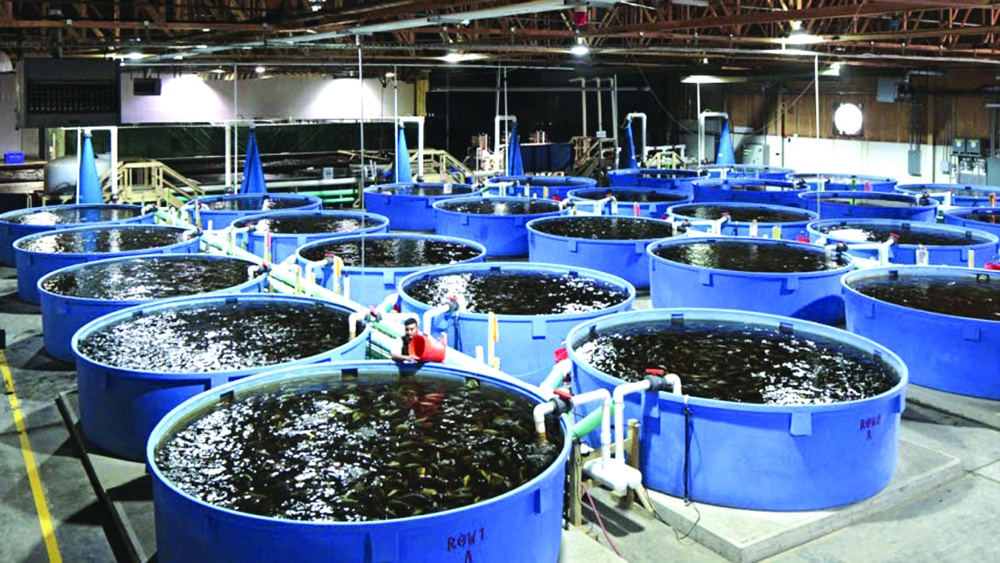 |
| It is necessary to identify KTTH as an important solution in innovating the agricultural economic growth model. |
Meanwhile, the circular economy not only contributes to solving the problem of reducing production costs, aiming for export, but also serves as a fulcrum to solve the problem of by-products in the agricultural sector. In Vietnam, the total amount of by-products in agriculture is estimated at nearly 160 million tons, of which more than half are post-harvest by-products from crops, from the agricultural processing process of the crop sector; nearly 40% is livestock and poultry waste from the livestock sector. According to the Department of Livestock Statistics, in 2022, more than 80% of these by-products have not been used and are discharged directly into the environment or burned, causing environmental pollution. Only about 10% of crop by-products are used as on-site fuel, 5% are industrial fuels, and 3% are used as animal feed.
"To develop agriculture in a modern direction, circular agriculture needs to be linked with high-tech agriculture, applied on a farm scale and promote links with businesses," Dr. Dao Thi Hoang Mai recommended.
However, the development of this model still faces many difficulties when there are no specific policies for circular agriculture but only general orientations and policies for the circular economy model. Dr. Tran Thi Tuyet - Institute of Human Geography, Vietnam Academy of Social Sciences pointed out some difficulties in implementing circular economy such as the policy framework on circular economy development has not been completed, especially the criteria and standards for identifying circular economy models; the organization and implementation of the conversion of circular economy models in agriculture is still local; there is no focal agency and policy specifically for model development, so it has not been possible to mobilize all components of society to participate...
Solving policy and thinking “bottlenecks”
Dr. Tran Thi Tuyet also pointed out that one of the "bottlenecks" in the process of converting production models is that workers, especially farmers, still maintain traditional production habits, low qualifications, and a heavy mindset of small-scale production. The results of the analysis of human resource quality according to the criteria on the required capacity of workers to meet the production methods of VietGAP in Ha Tinh province (2024) show that although authorities at all levels have implemented many solutions to convert farming methods towards green and circular, however, up to 86% of respondents do not apply new technical farming methods, and less than 4% of workers apply knowledge and skills from training courses into practice.
"To replicate circular economy models in agriculture and limit existing challenges, it is necessary to implement comprehensive solutions to improve growth quality, competitiveness, and move towards a zero-waste, carbon-neutral economy by 2050. In particular, it is necessary to change awareness and thinking about implementing circular economy in agriculture. This is the most important factor to gradually replicate and realize circular economy models in agriculture. Development thinking needs to ensure systematicity and synthesis from the planning stage, territorial development plans, and production design must be connected according to a closed process," Dr. Tran Thi Tuyet recommended.
Experts also said that management agencies and the agricultural sector need to identify circular economy development as an important solution in innovating the agricultural economic growth model, improving competition, and ensuring sustainable production and consumption.
In addition, there needs to be a synchronous mechanism and policy in developing circular economy, prioritizing the implementation of breakthrough policies to create a closed, "circular" investment environment, optimizing resources. In particular, focusing on investing in green science and technology, promoting the application of new science and technology in production to increase productivity, conserve environmental resources; forming concentrated raw material areas, promoting production linkages; prioritizing the issuance of the National Action Plan for implementing circular economy; piloting the Investment Fund for innovative startups in developing circular agriculture.

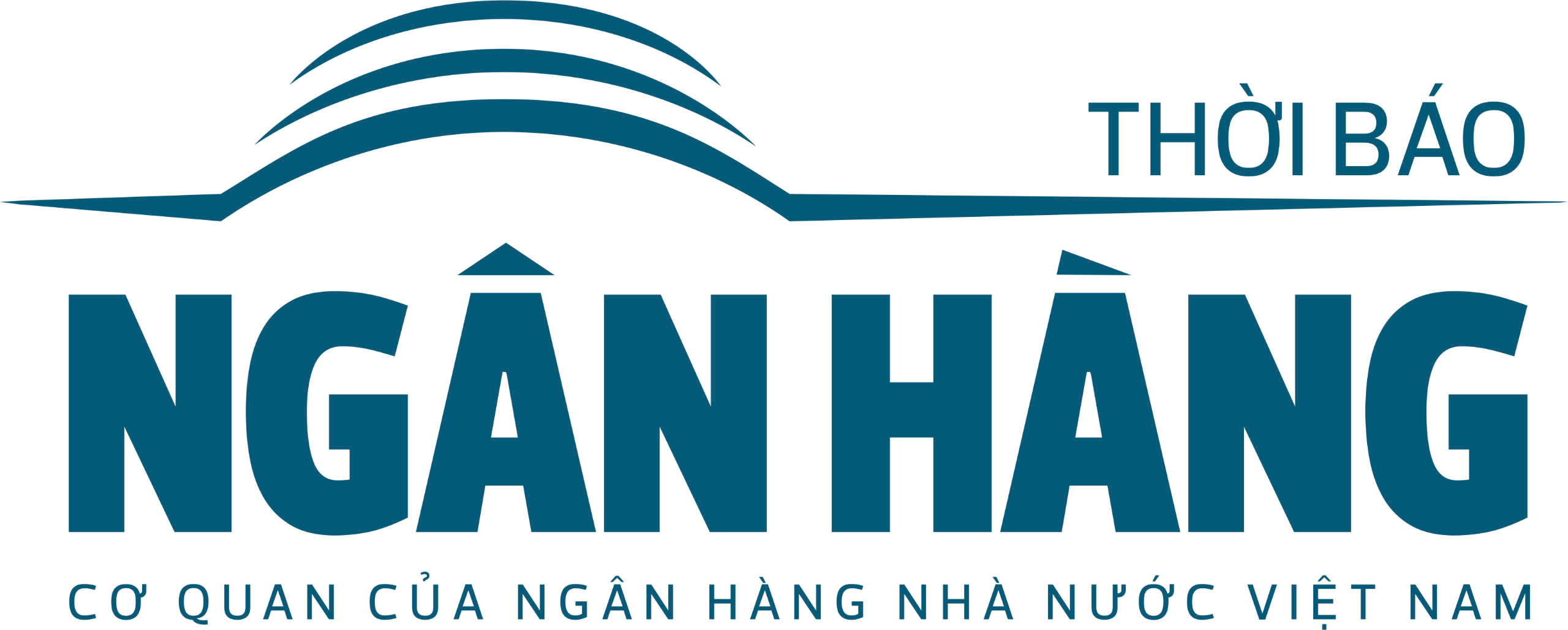
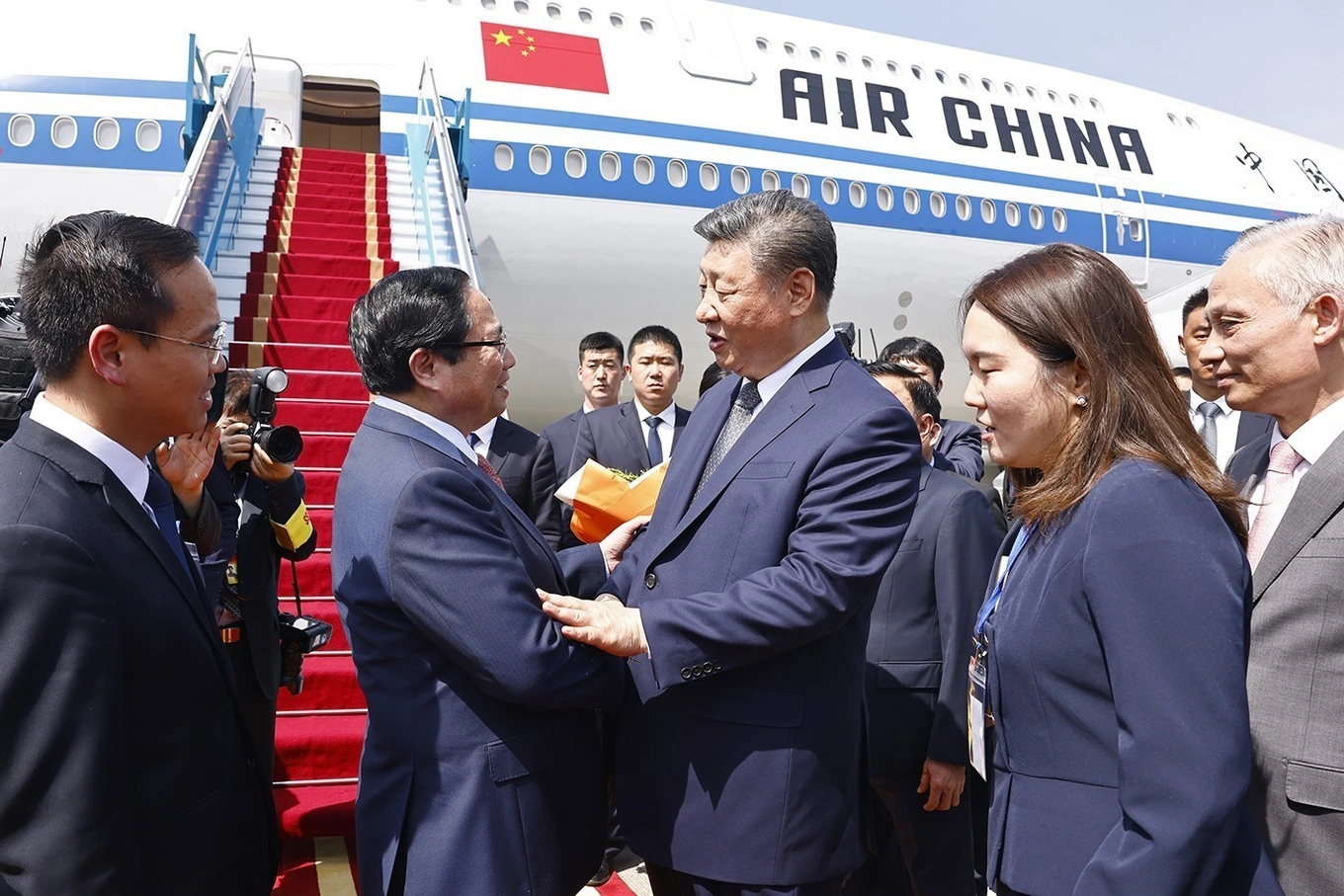
![[Photo] President Luong Cuong holds talks with General Secretary and President of China Xi Jinping](https://vstatic.vietnam.vn/vietnam/resource/IMAGE/2025/4/15/f7e4c602ca2f4113924a583142737ff7)
![[Photo] Prime Minister Pham Minh Chinh works with state-owned enterprises on digital transformation and promoting growth](https://vstatic.vietnam.vn/vietnam/resource/IMAGE/2025/4/15/f55bfb8a7db84af89332844c37778476)
![[Photo] Vietnamese and Chinese leaders attend the People's Friendship Meeting between the two countries](https://vstatic.vietnam.vn/vietnam/resource/IMAGE/2025/4/15/7d45d6c170034d52be046fa86b3d1d62)
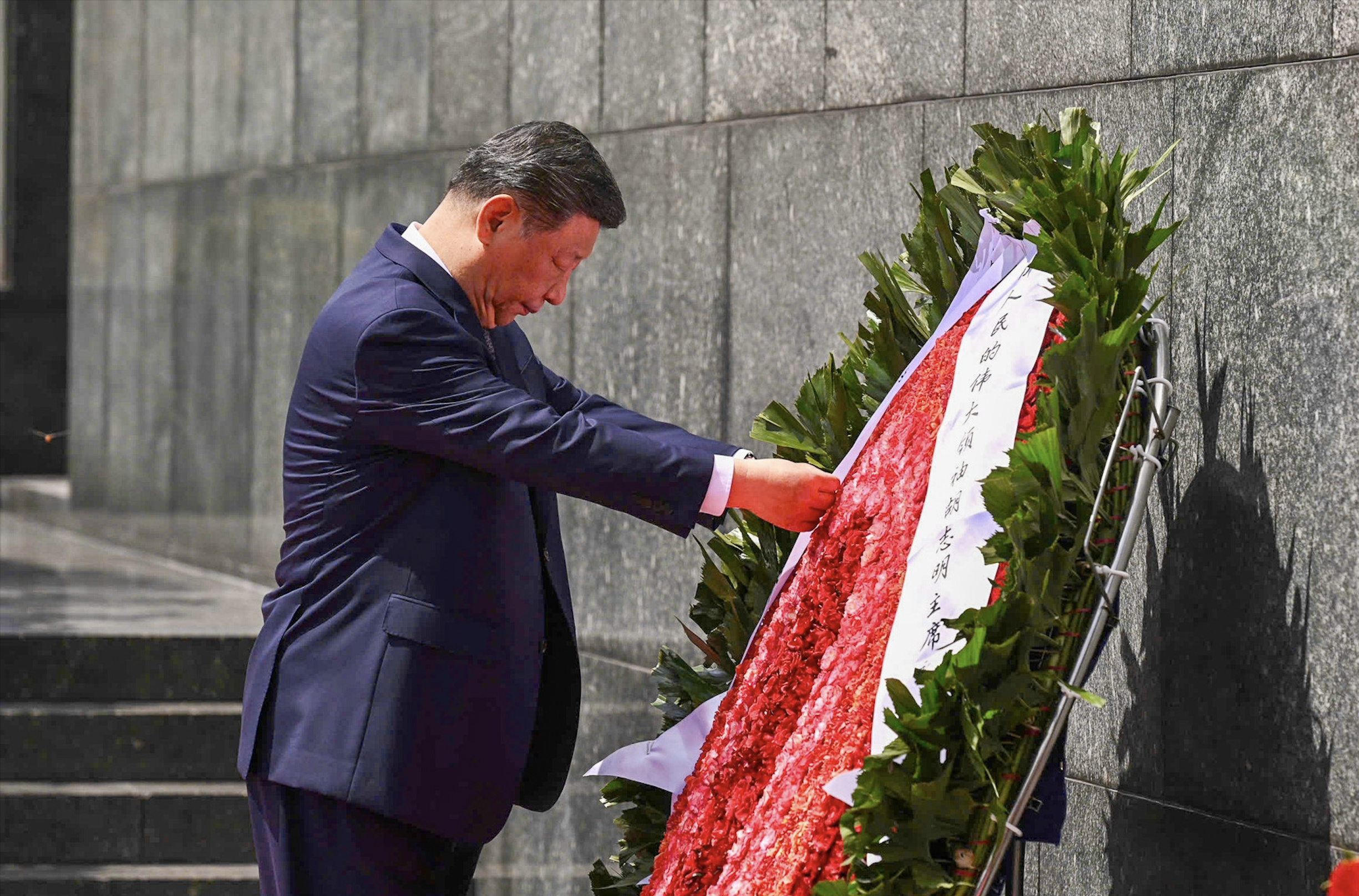
![[Photo] Celebrating the 70th Anniversary of Nhan Dan Newspaper Printing House](https://vstatic.vietnam.vn/vietnam/resource/IMAGE/2025/4/15/a7a2e257814e4ce3b6281bd5ad2996b8)
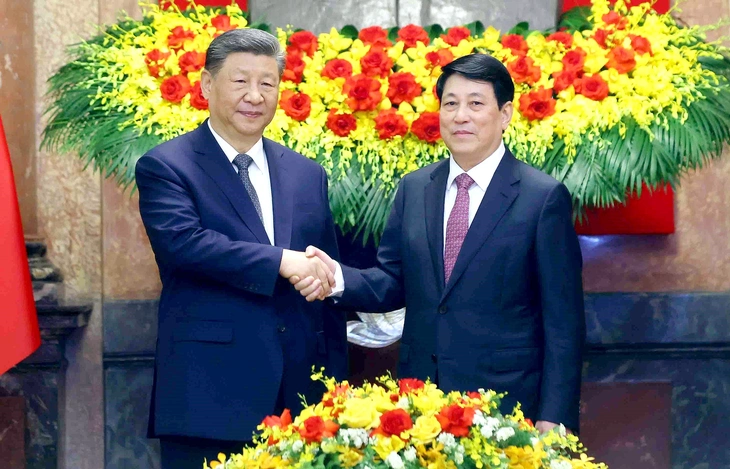

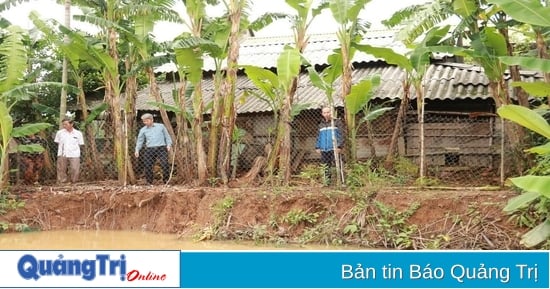

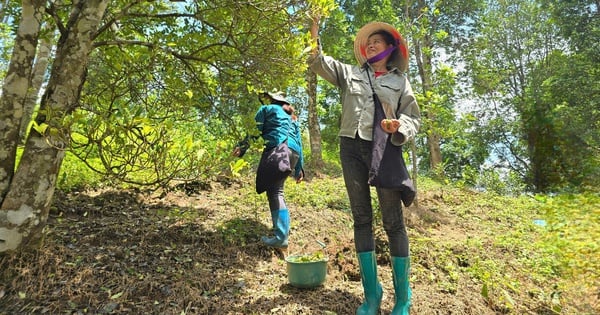

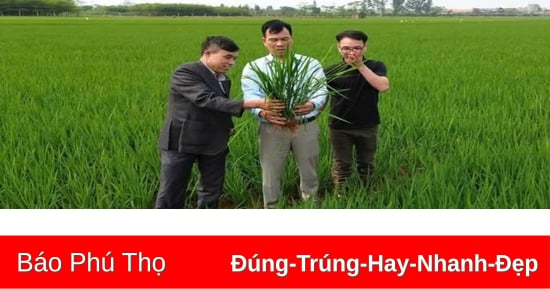
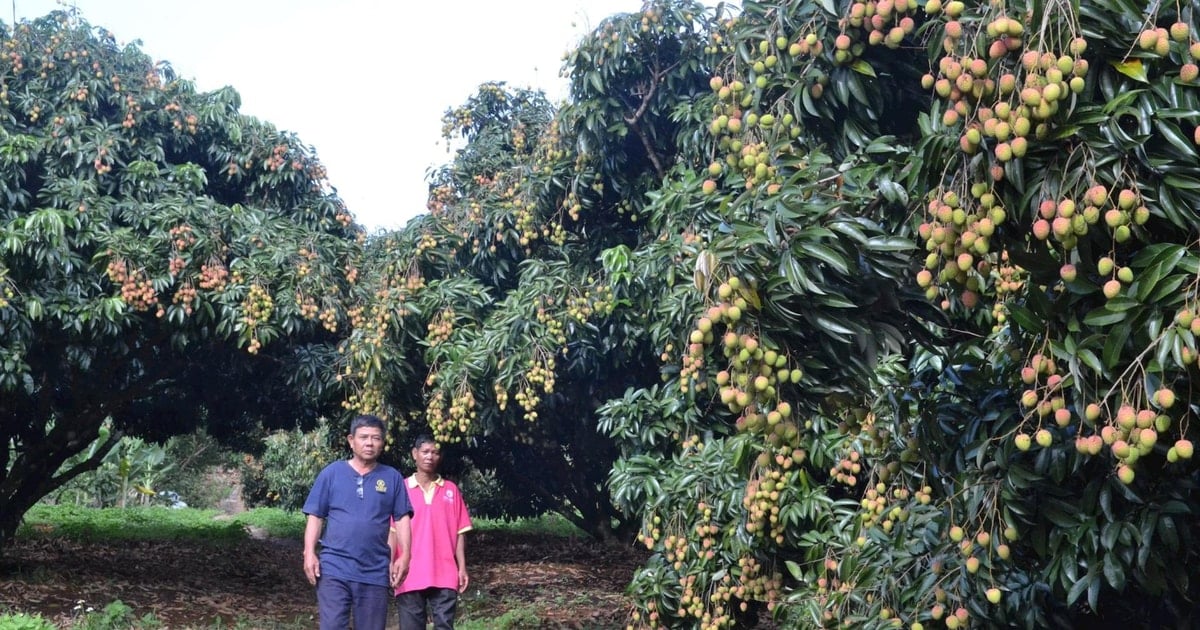
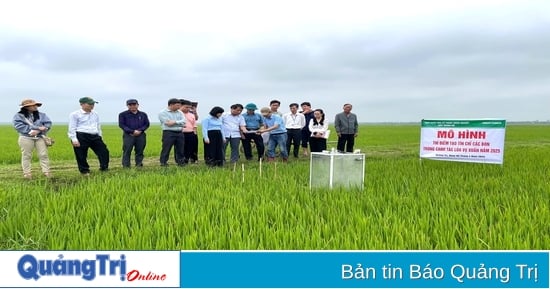

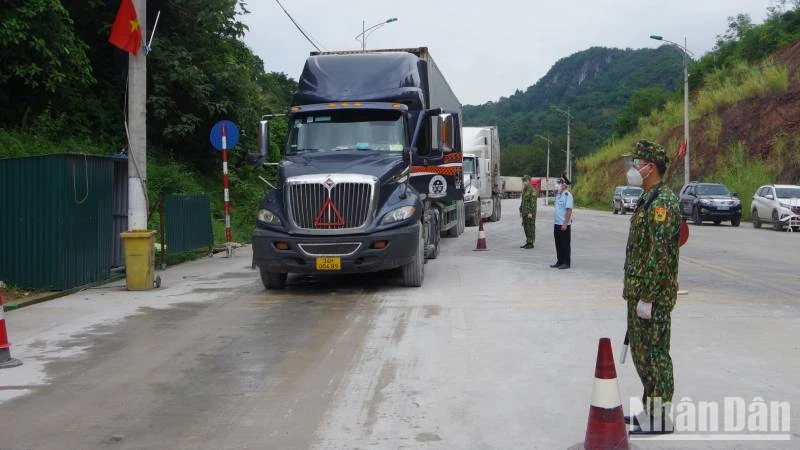
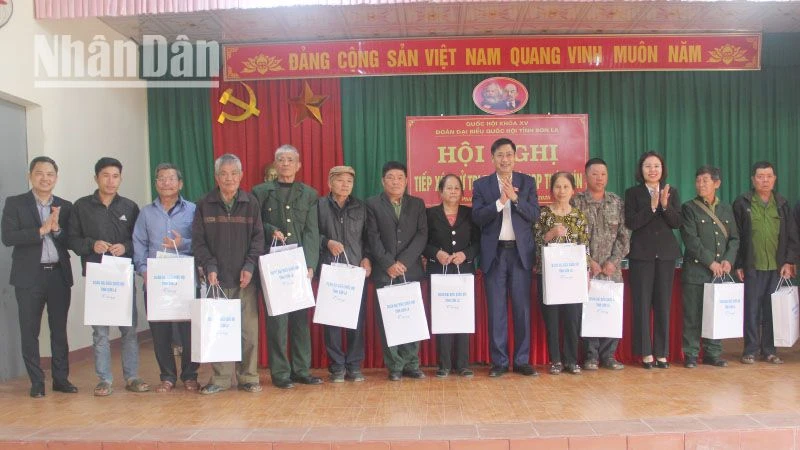

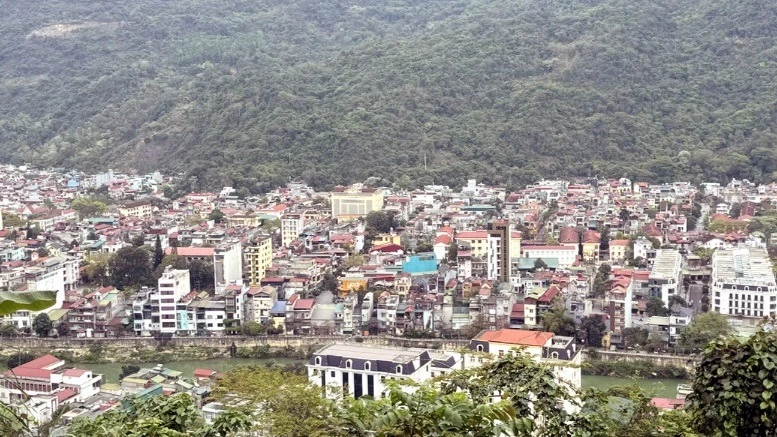
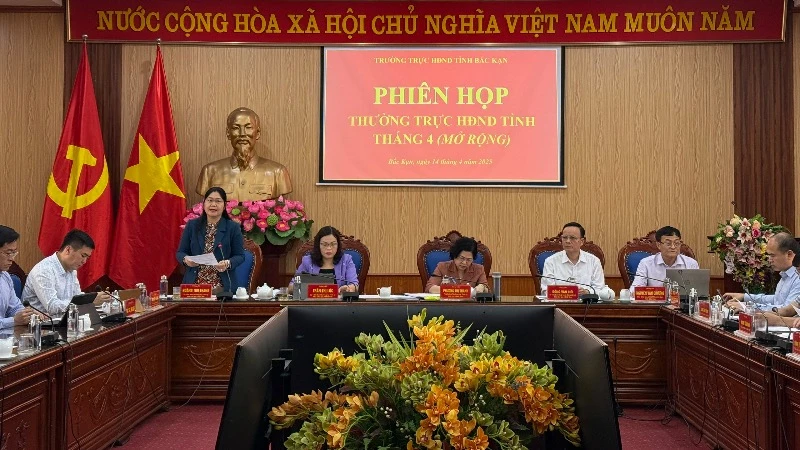
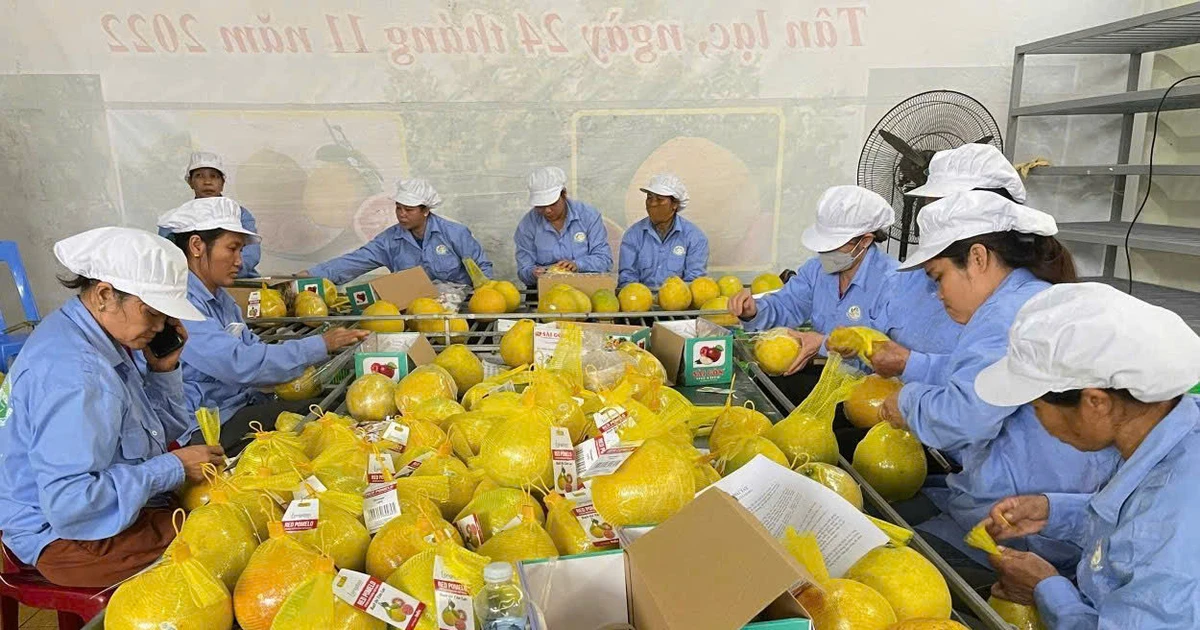

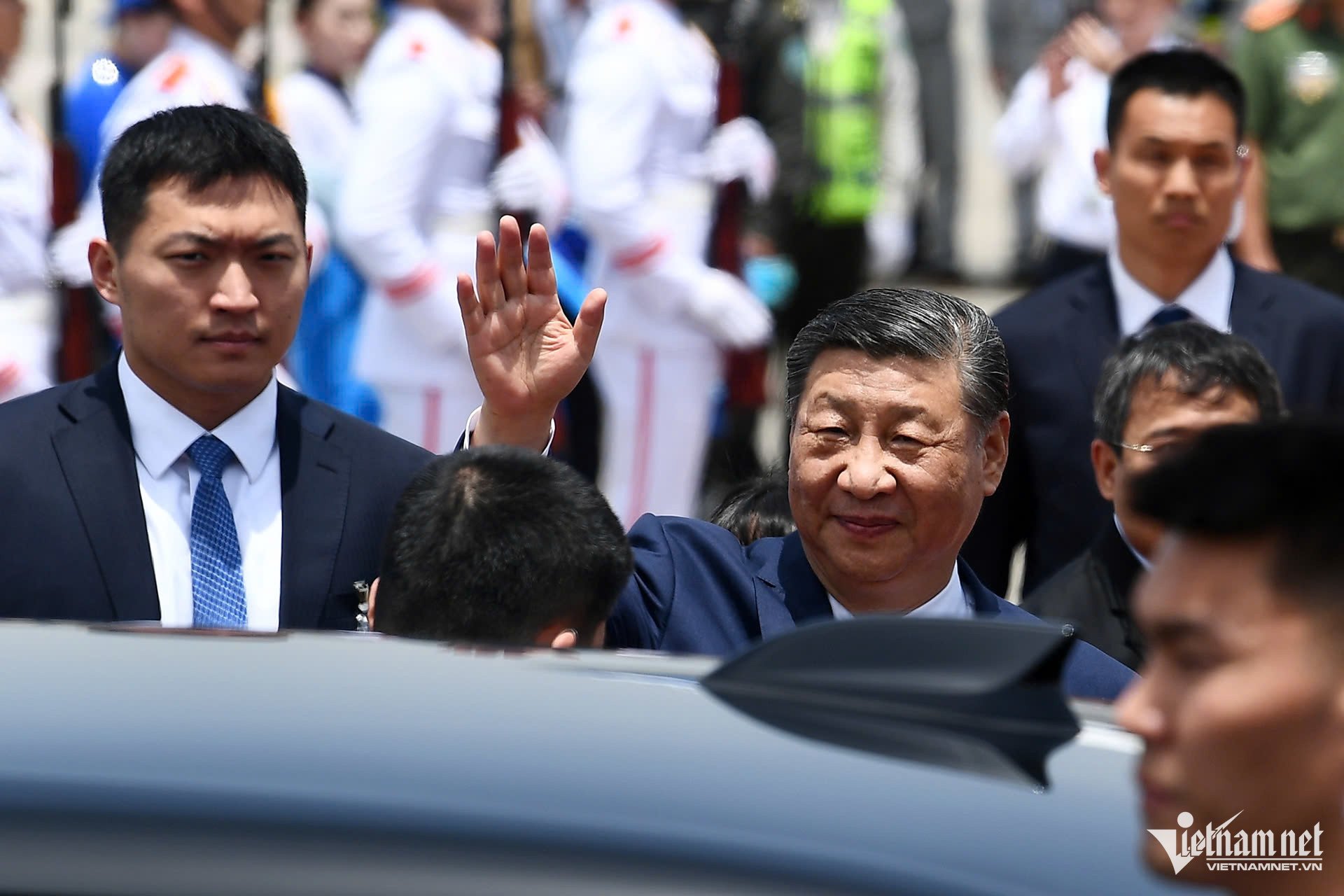
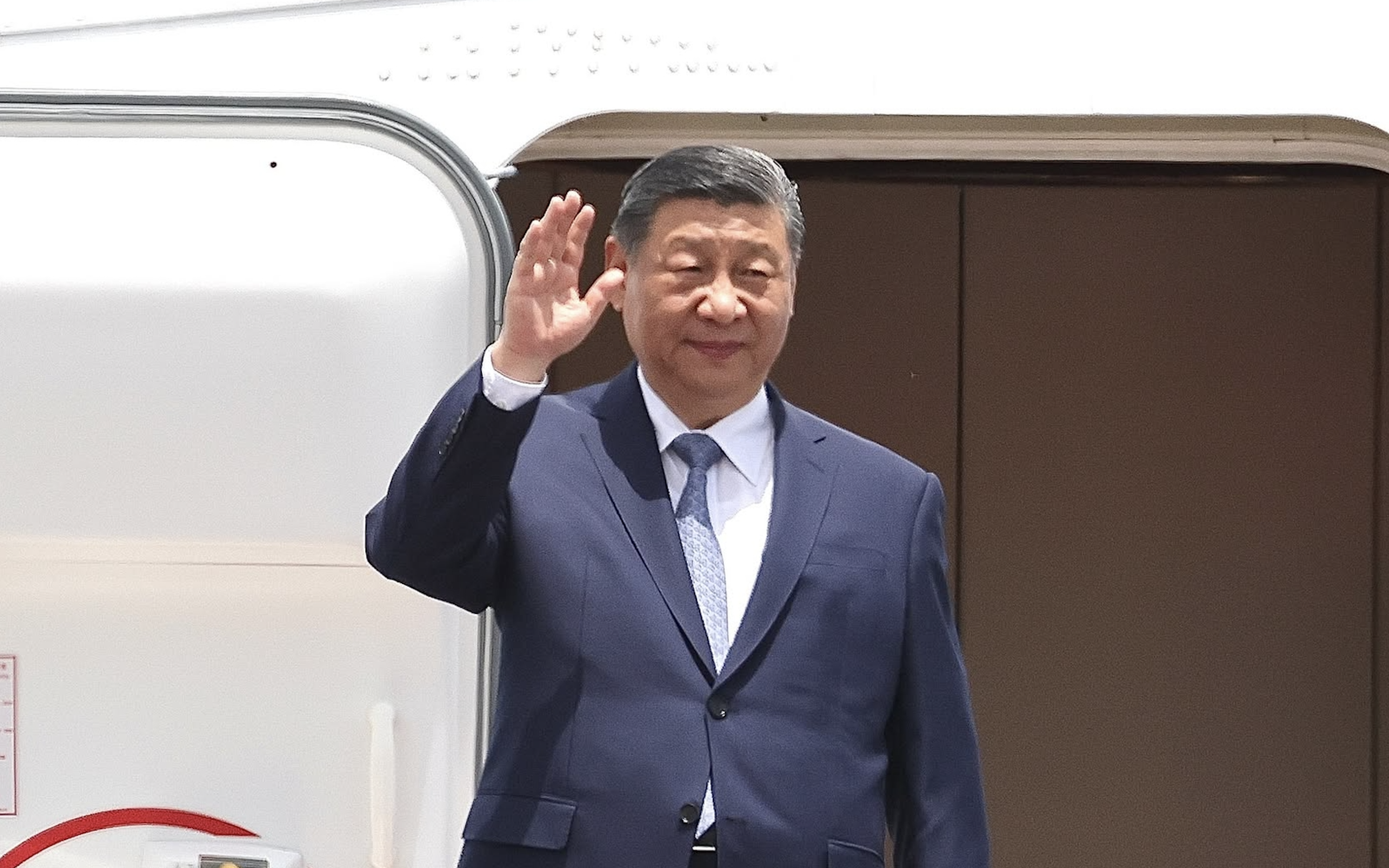
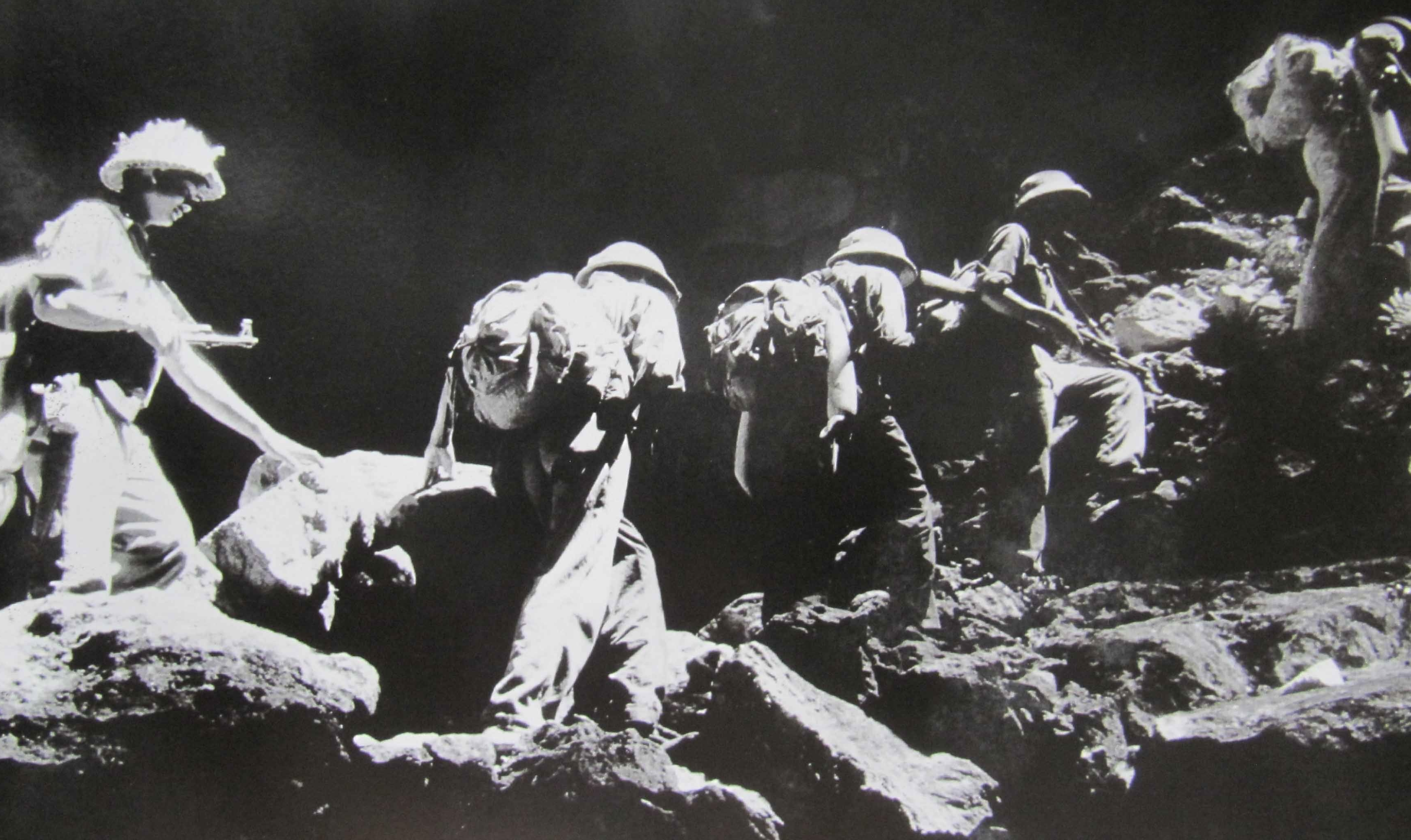
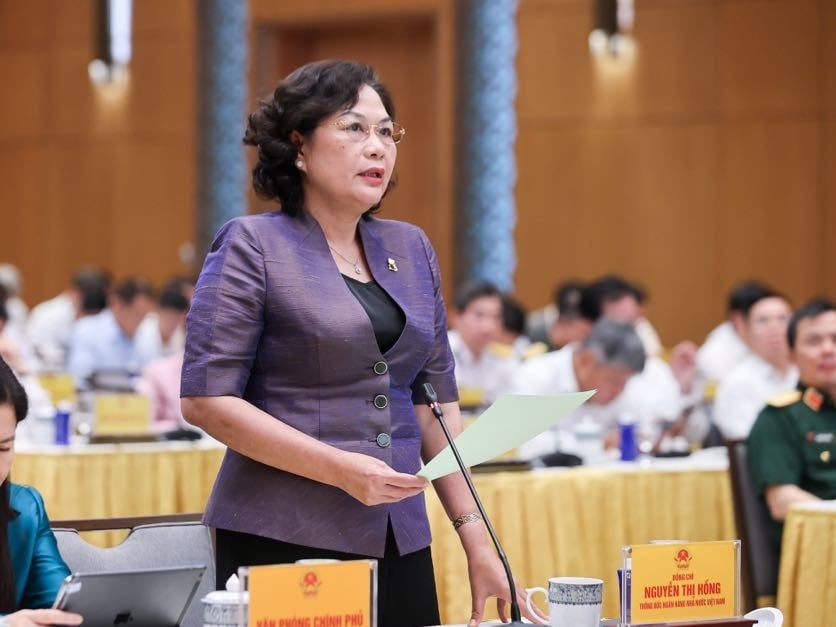
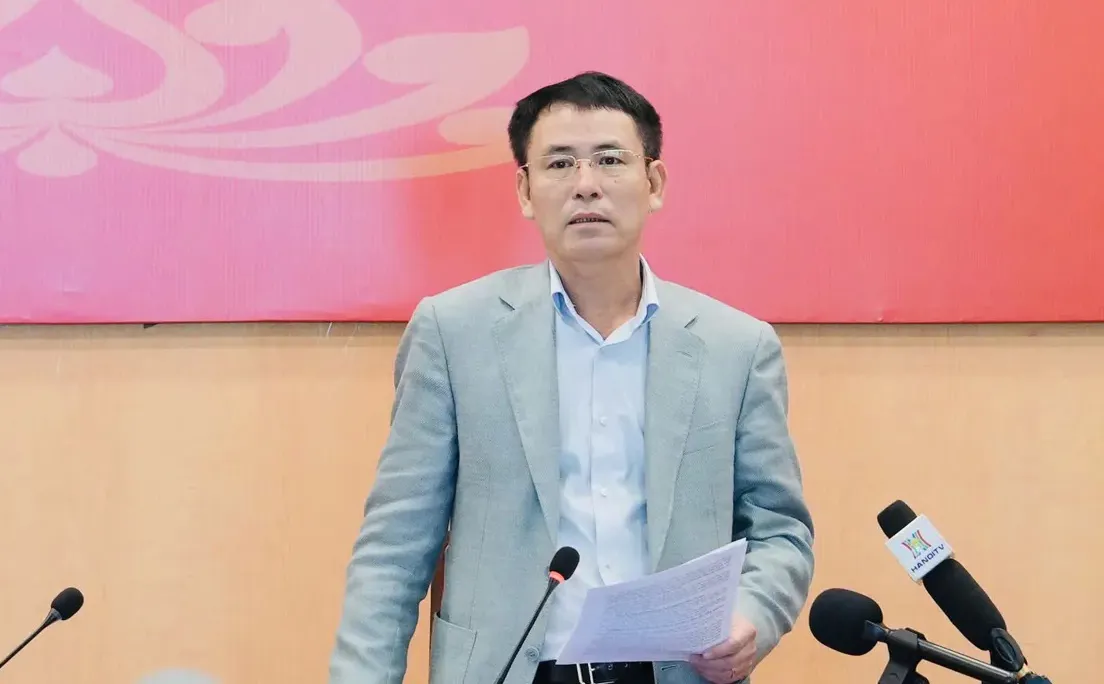
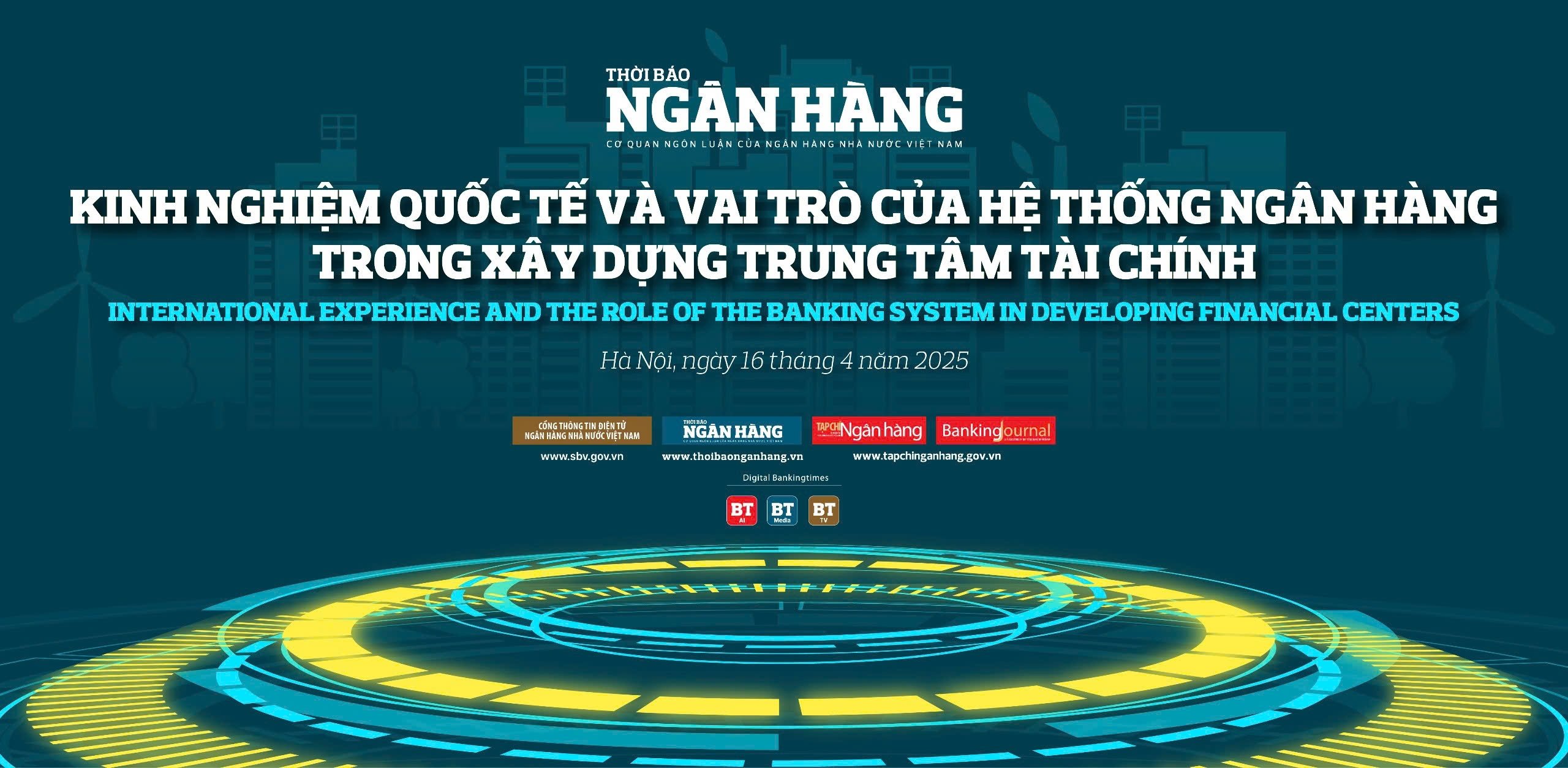
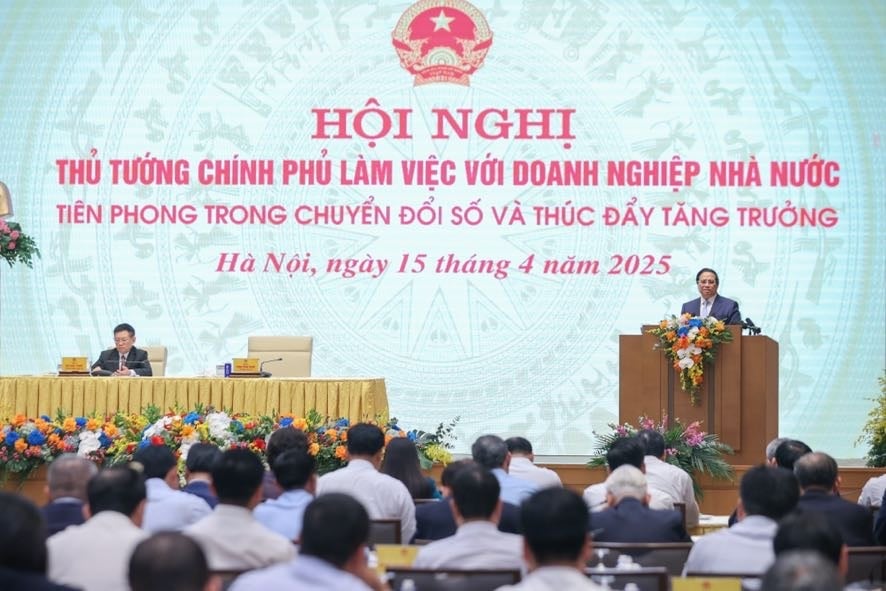

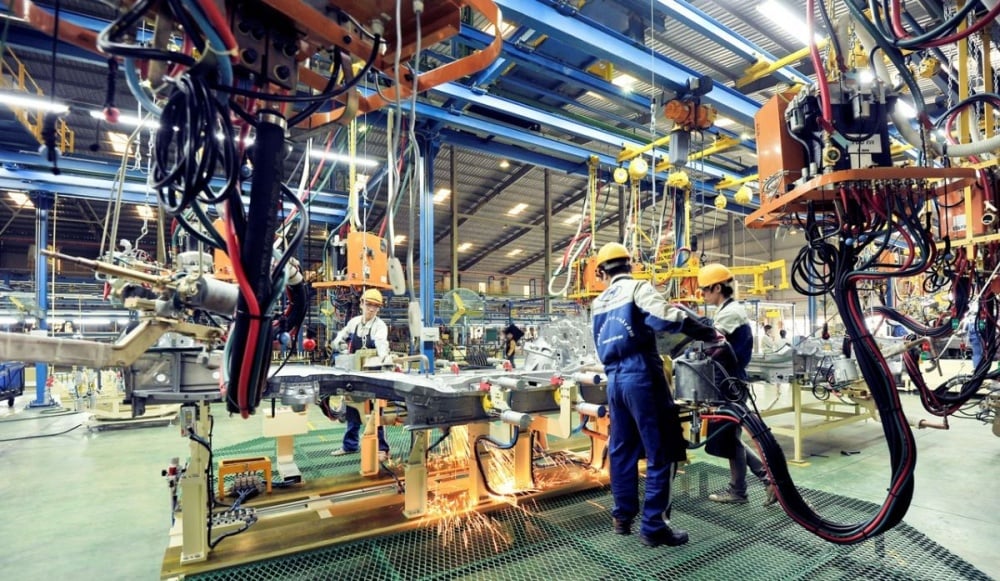
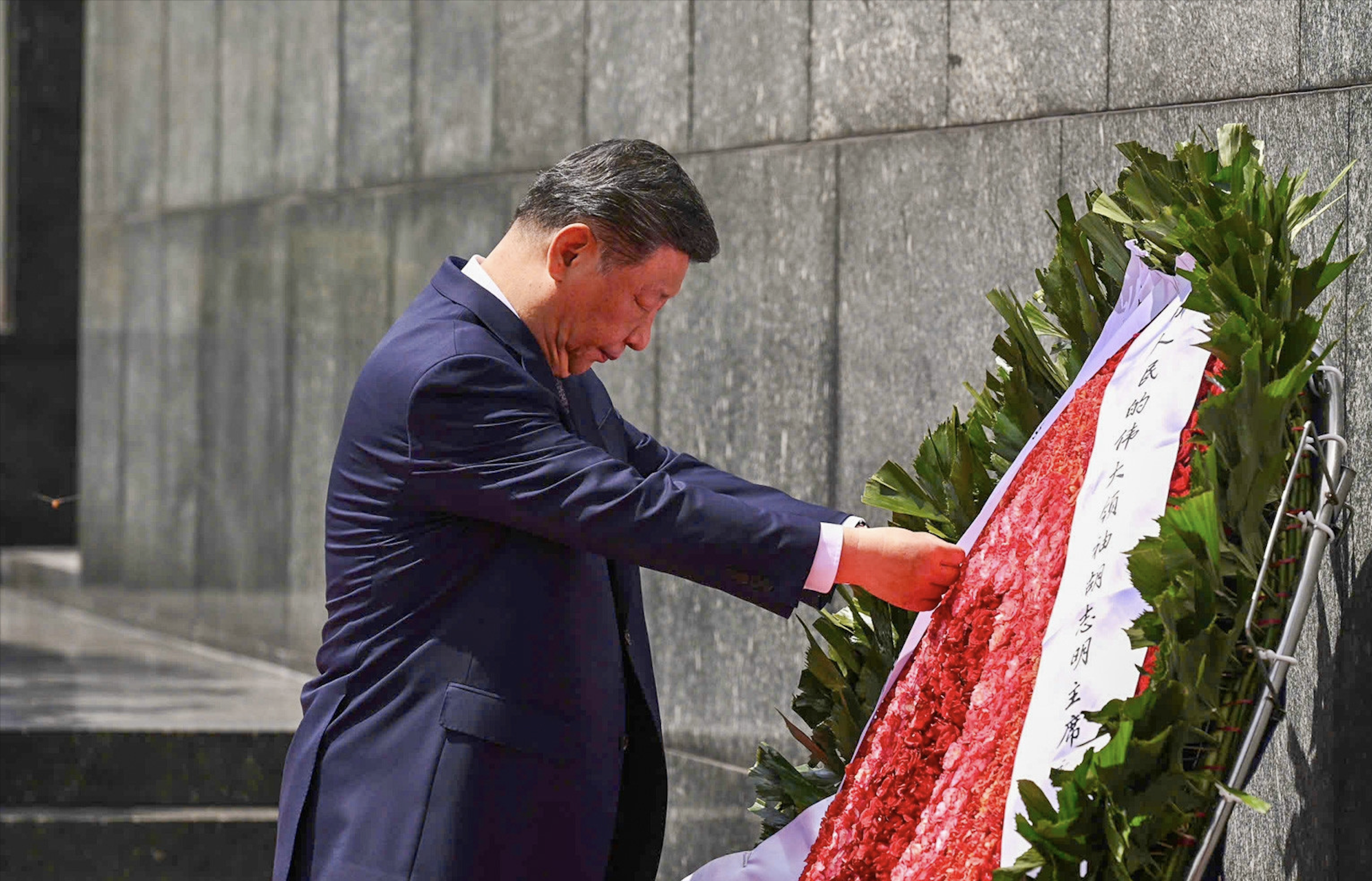




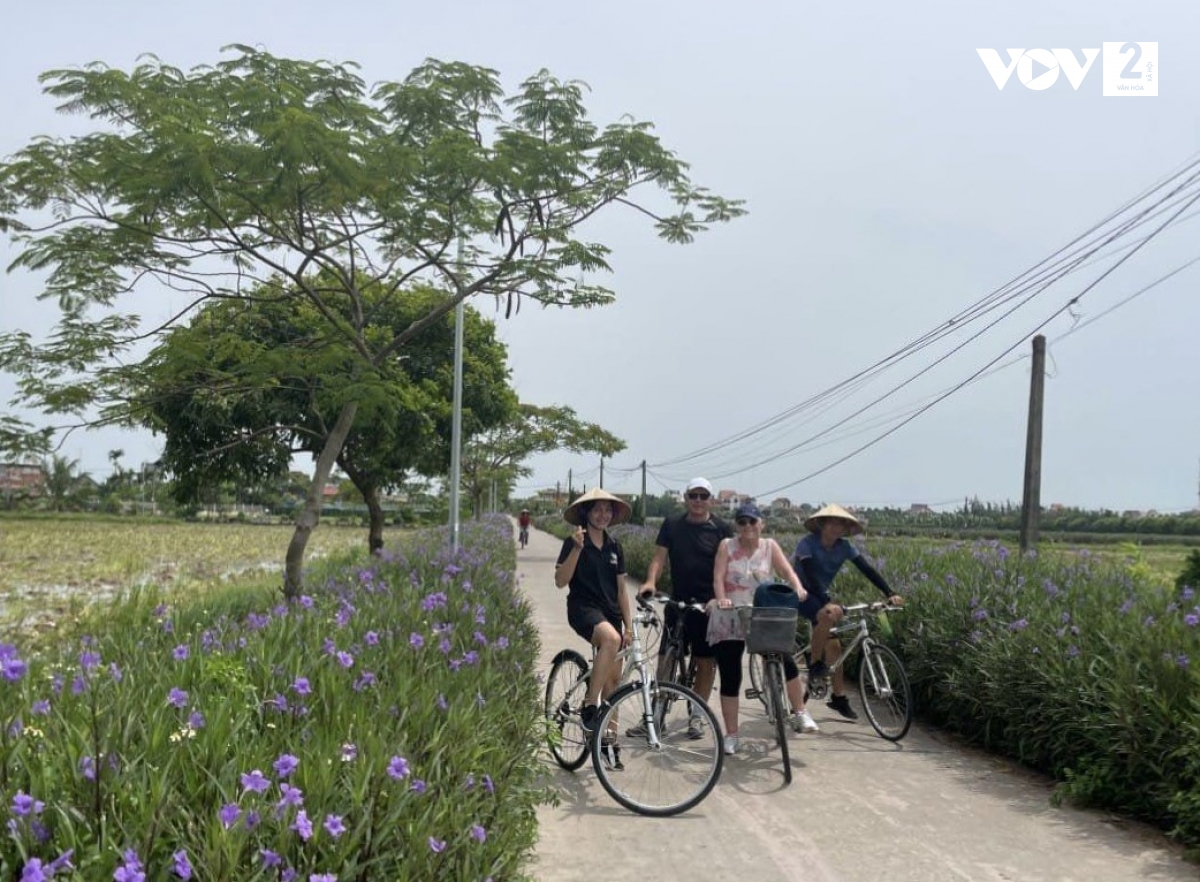

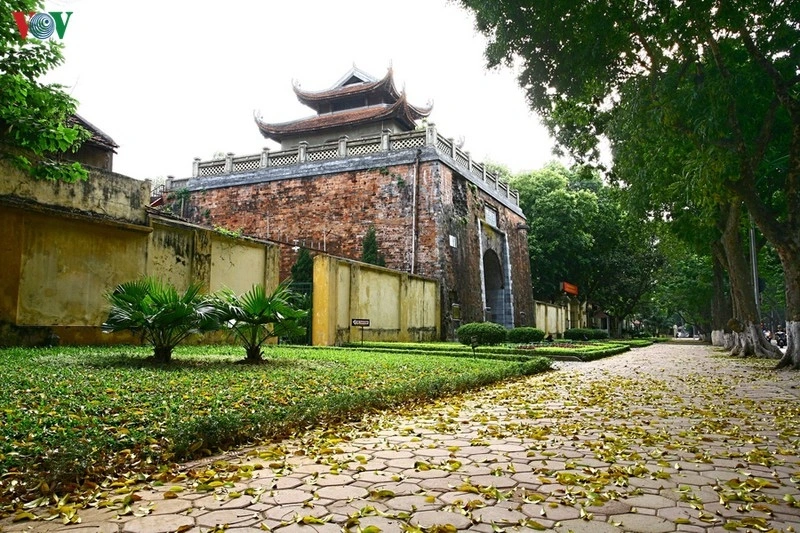
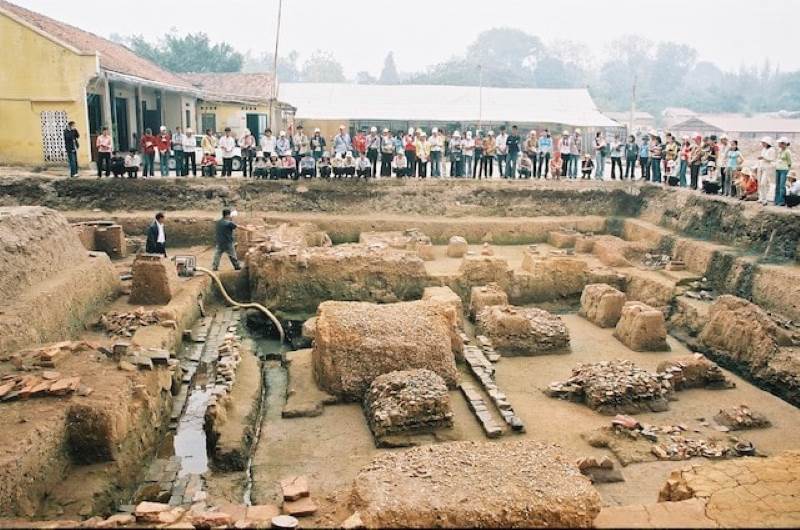

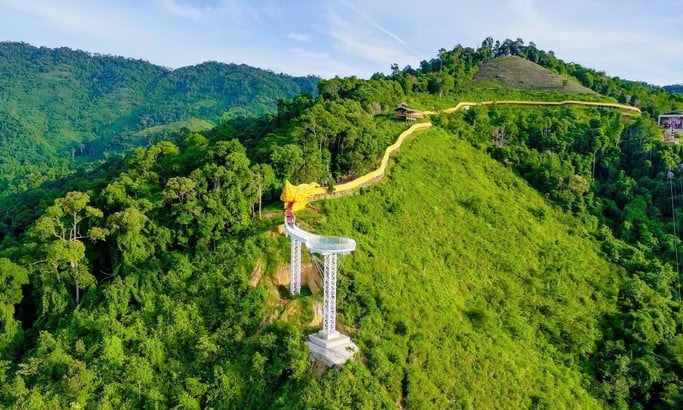
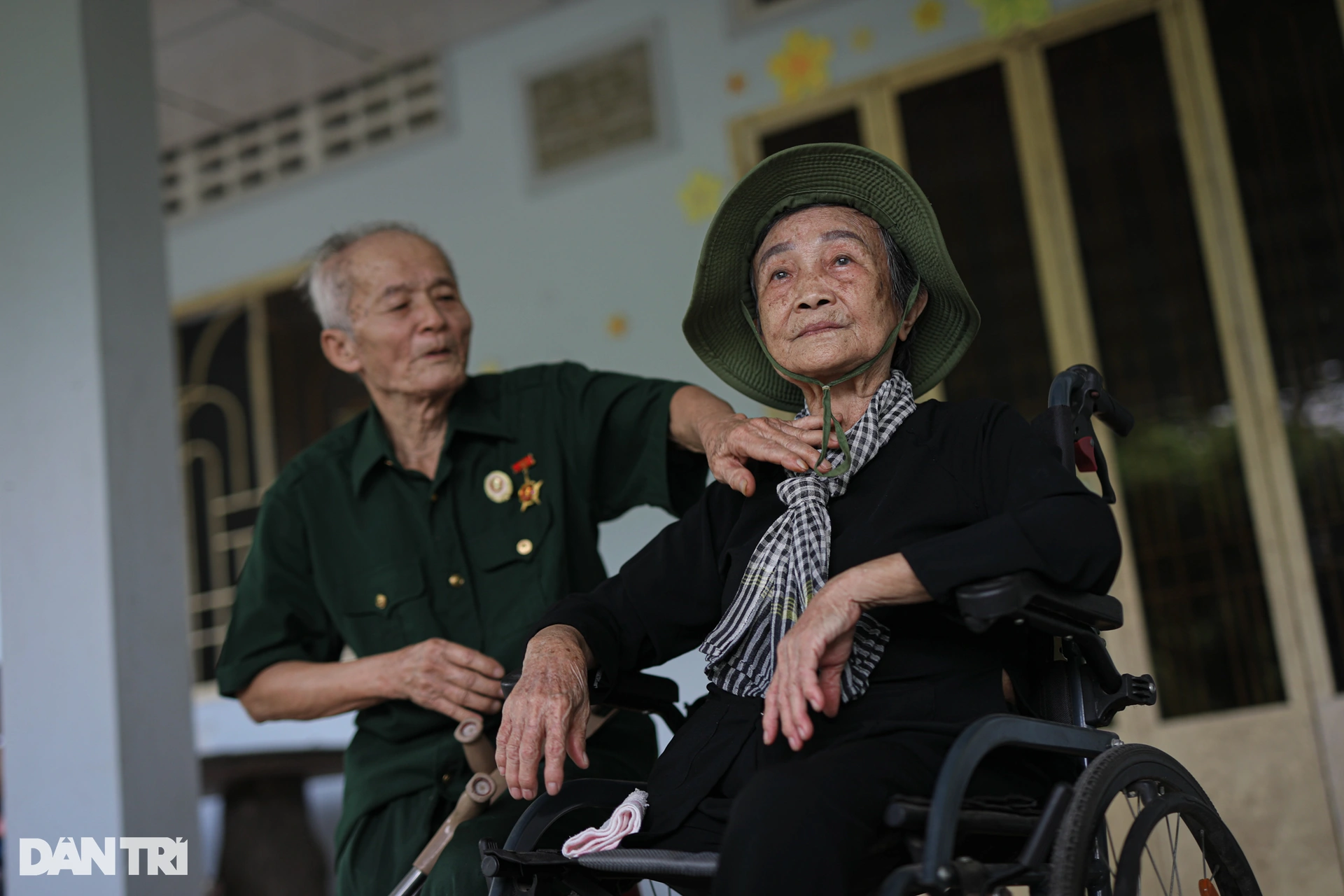

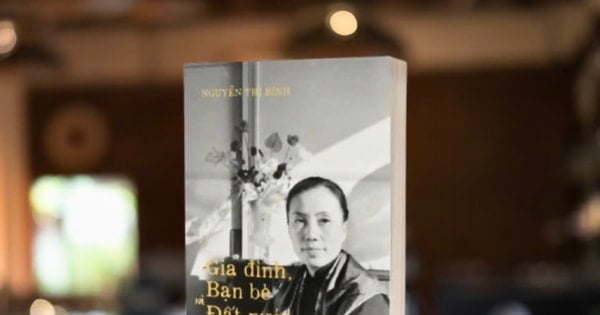


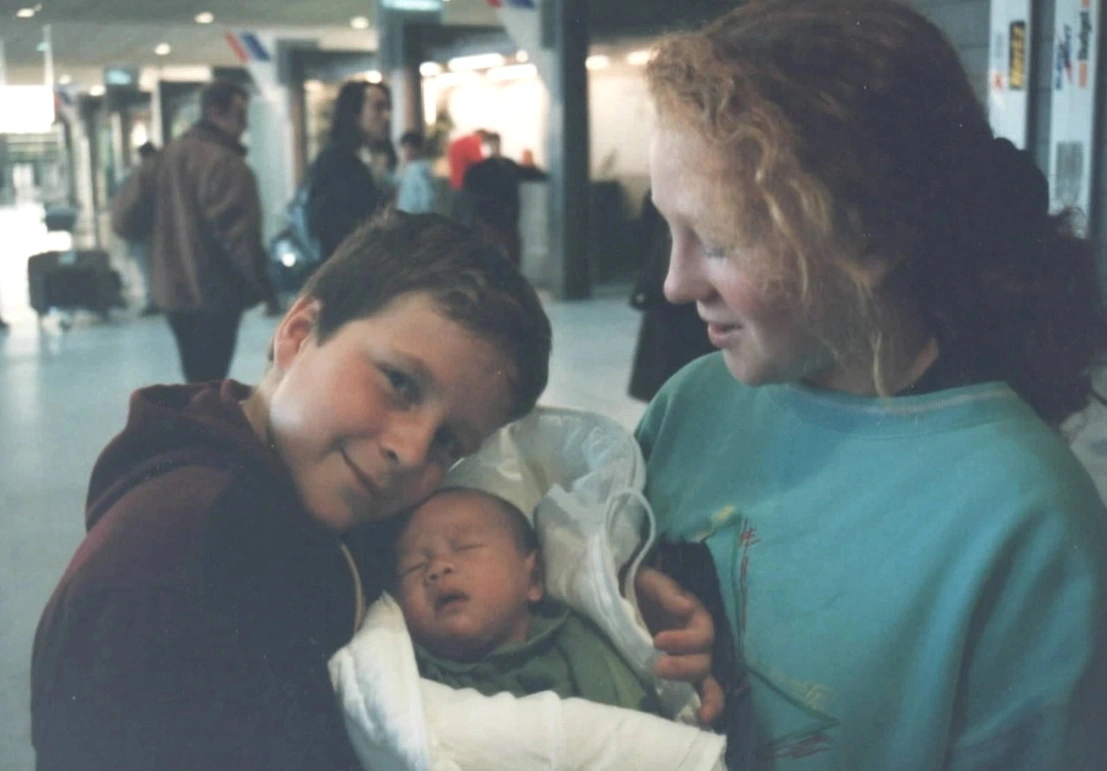


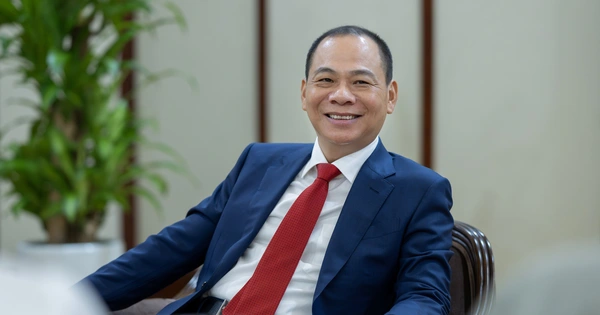




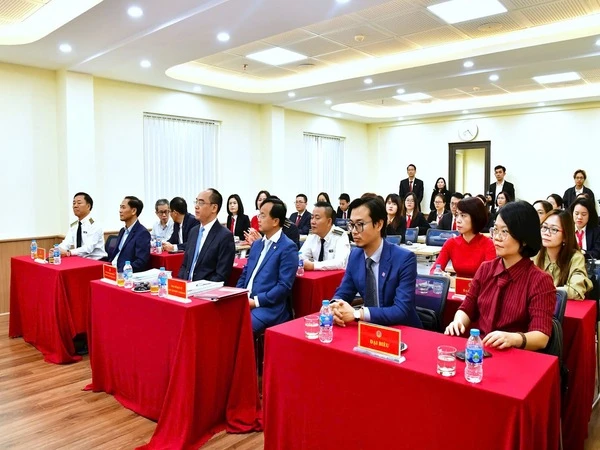

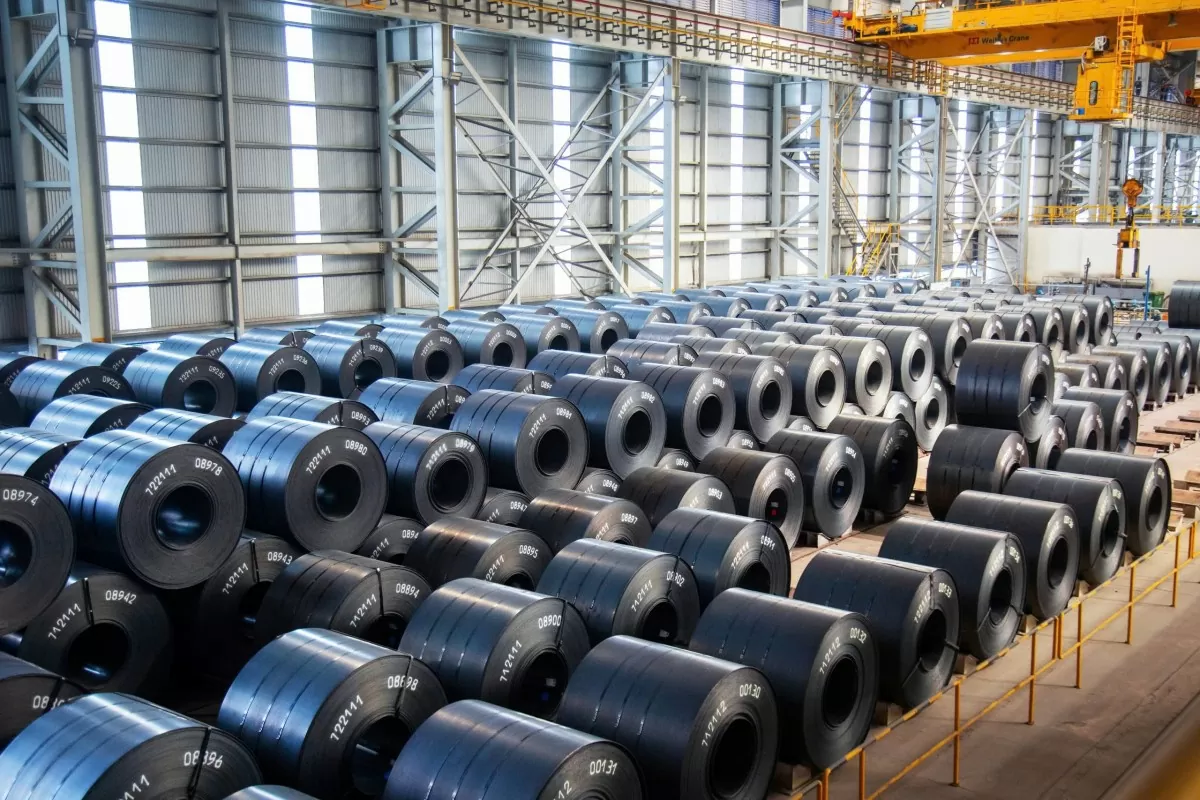

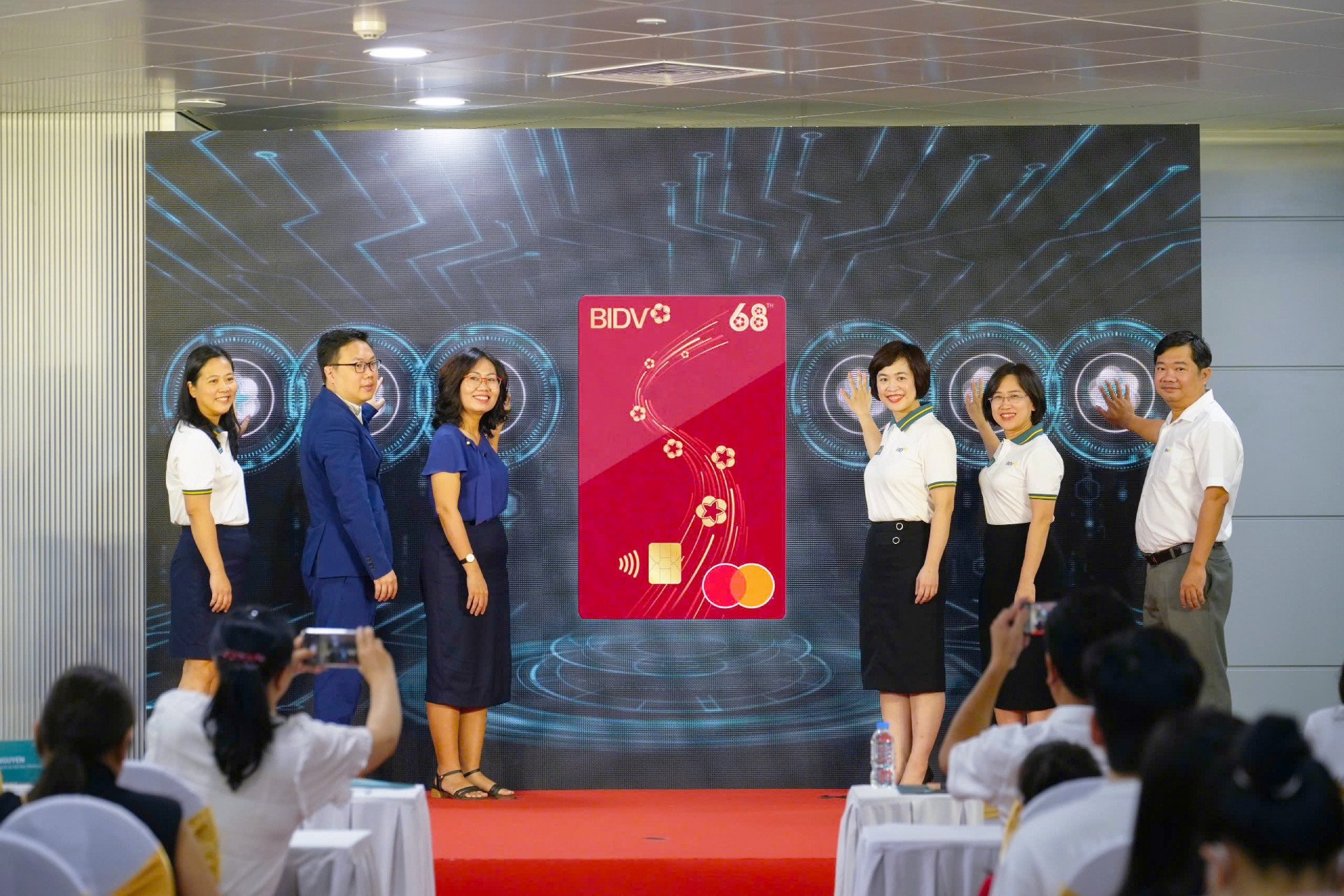
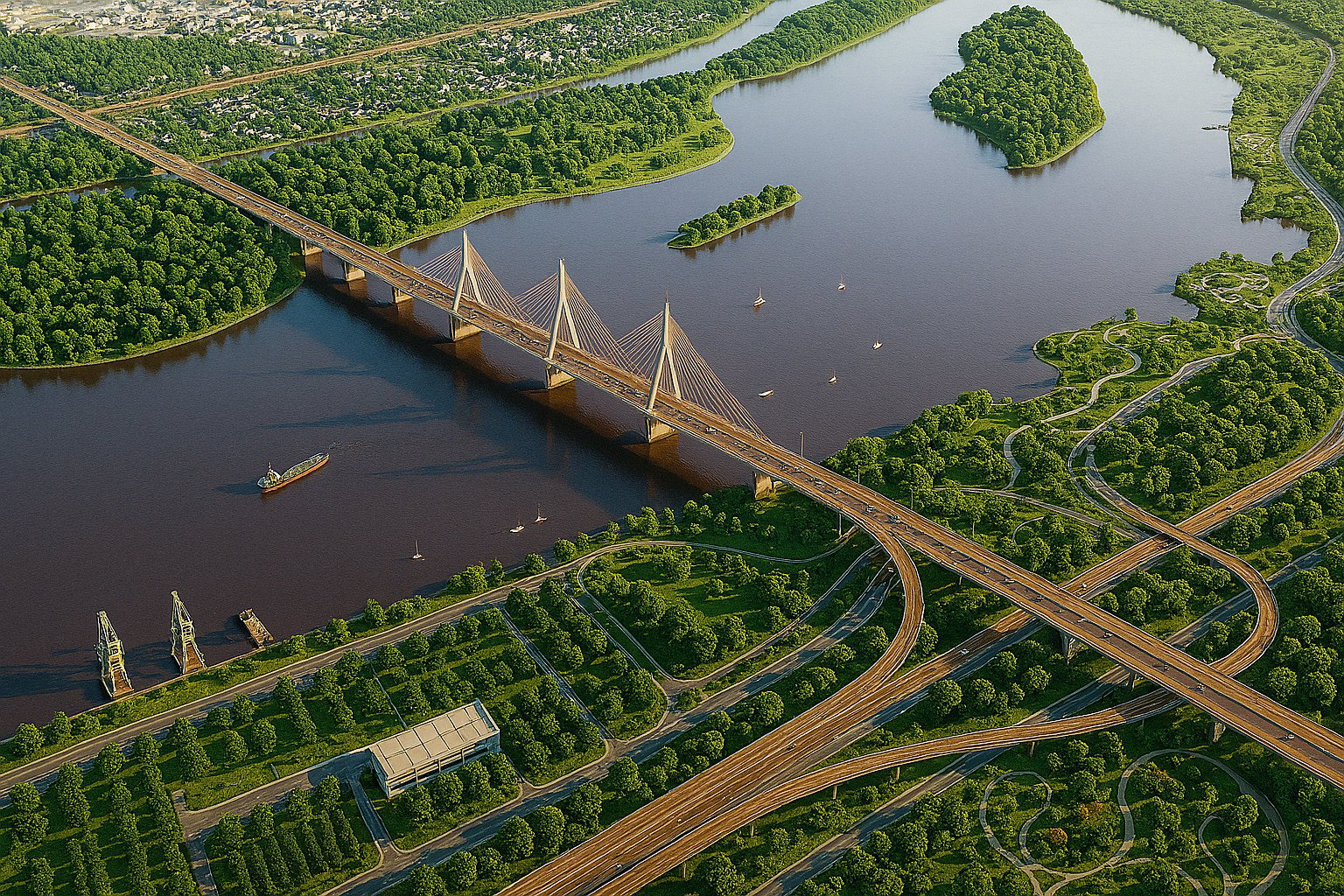

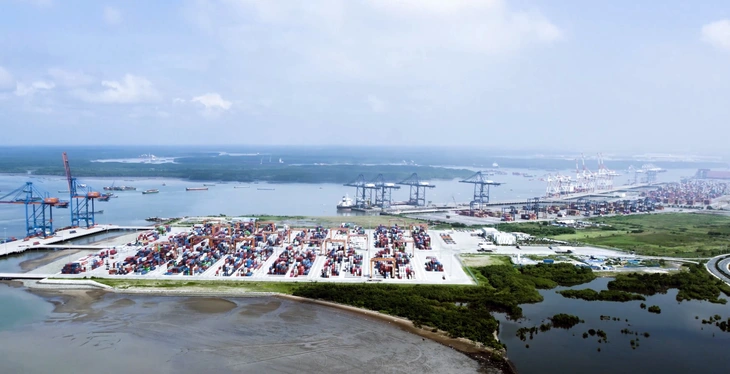
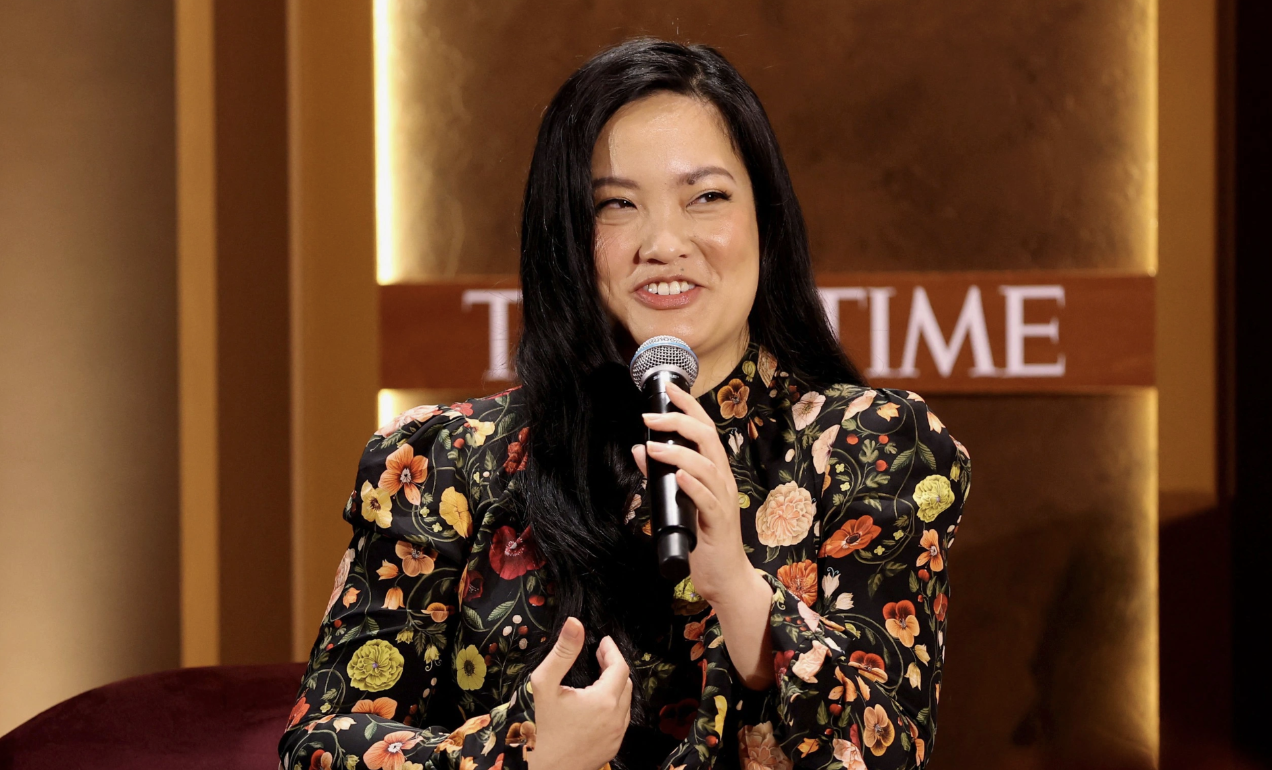

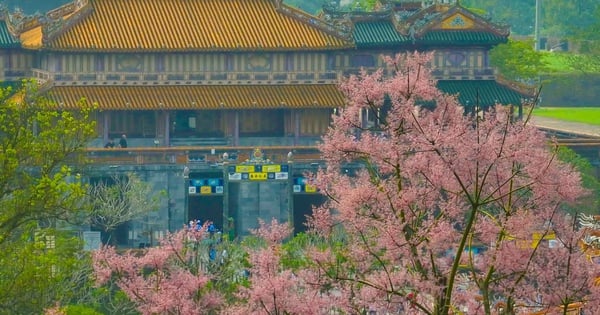

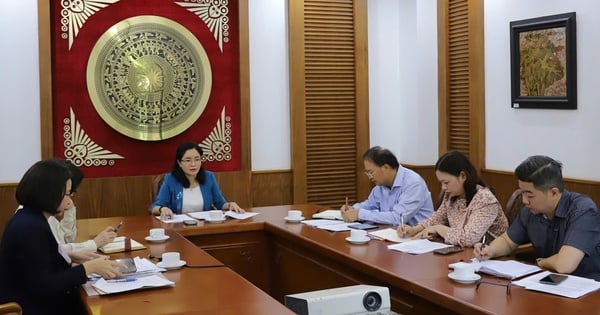
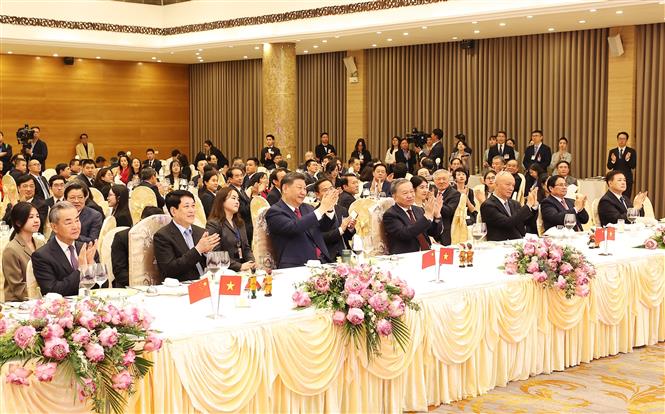

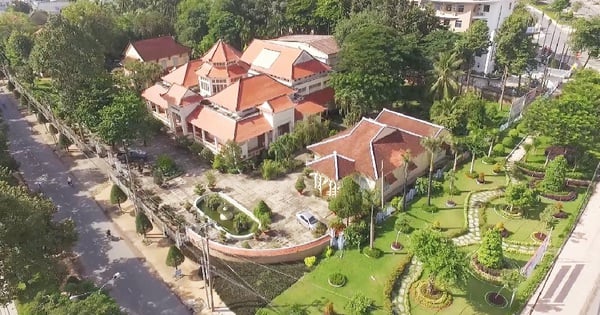

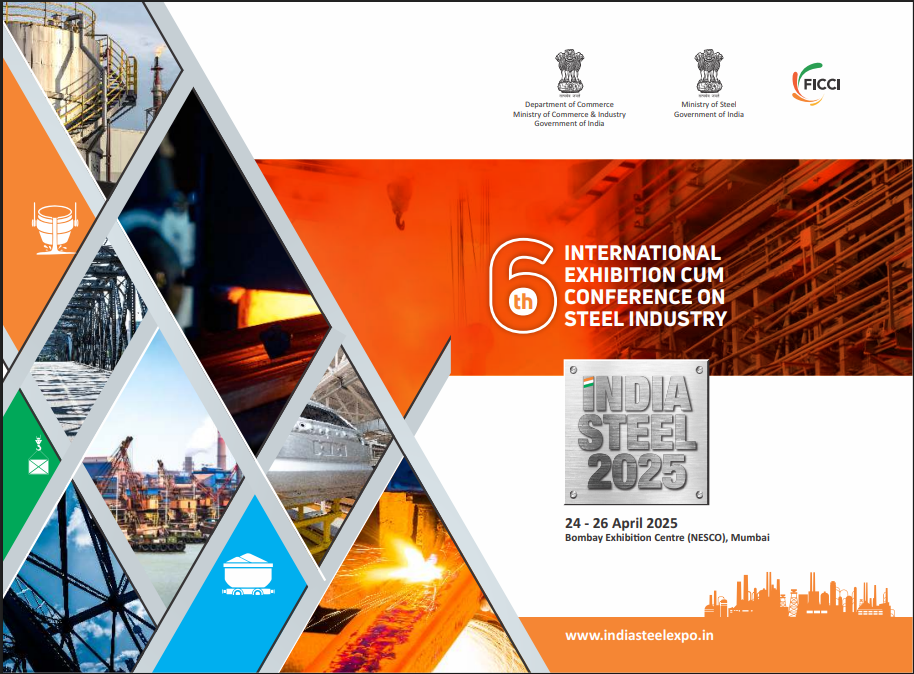

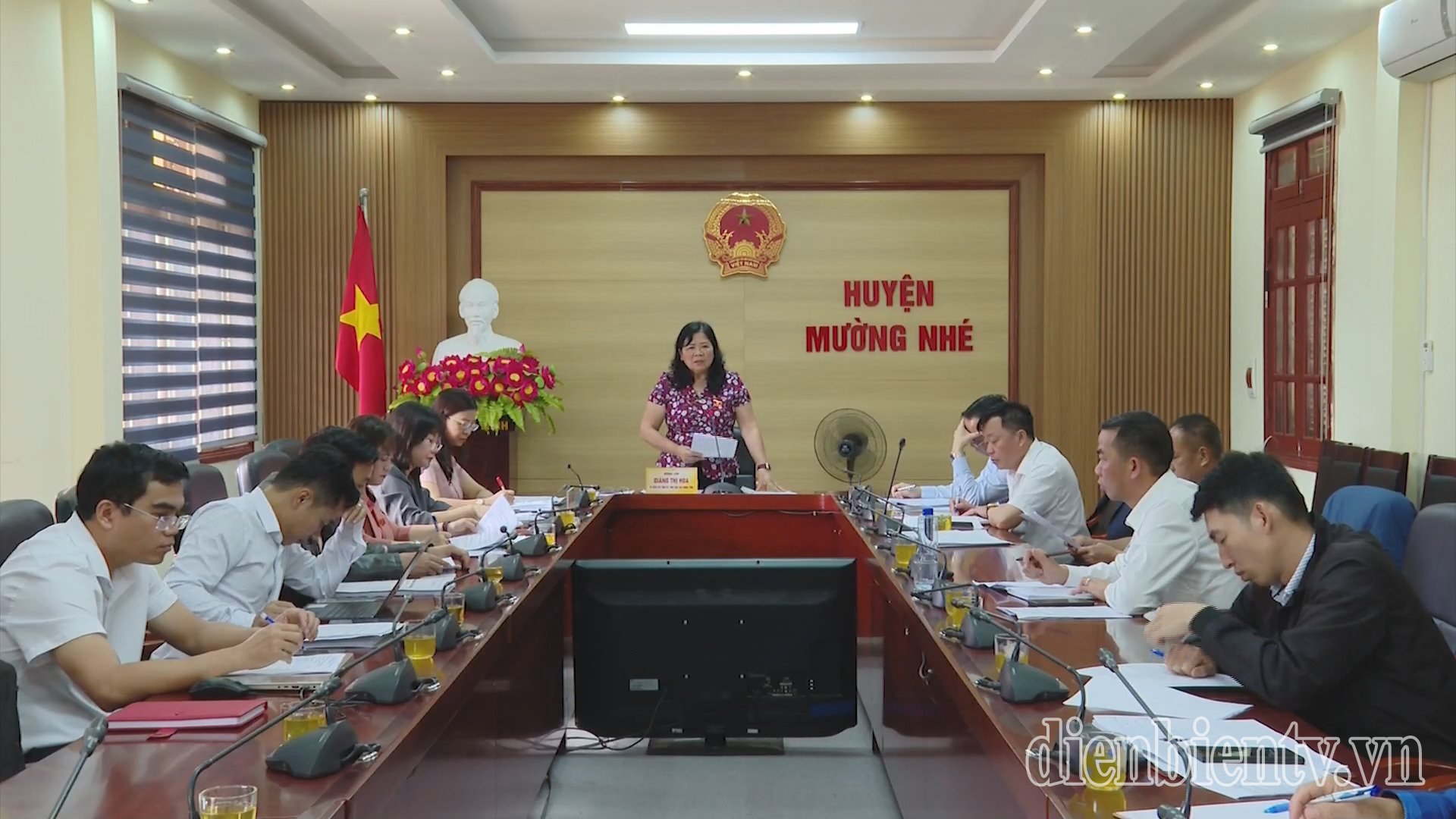
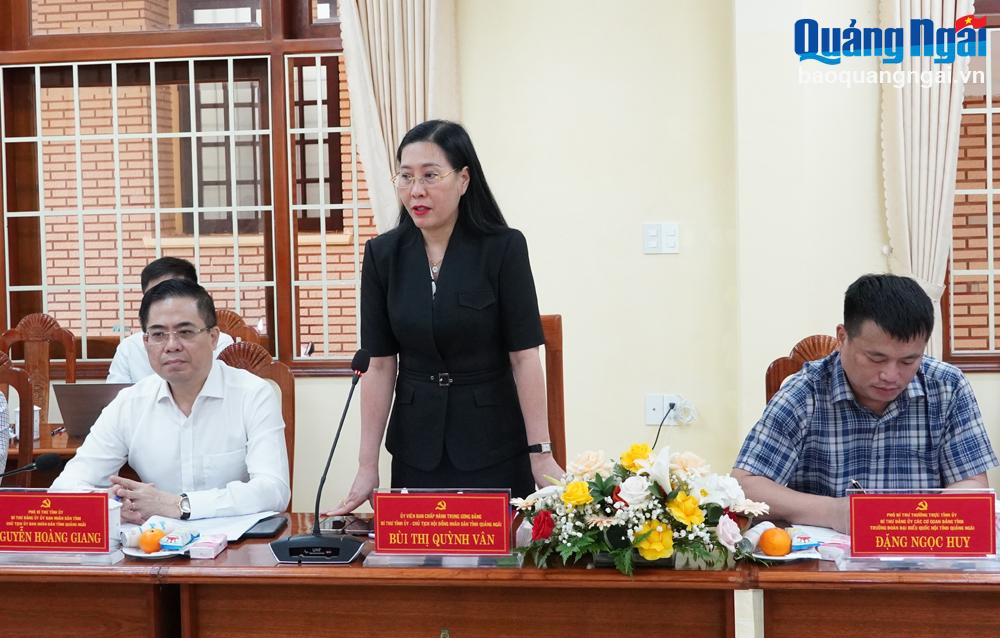

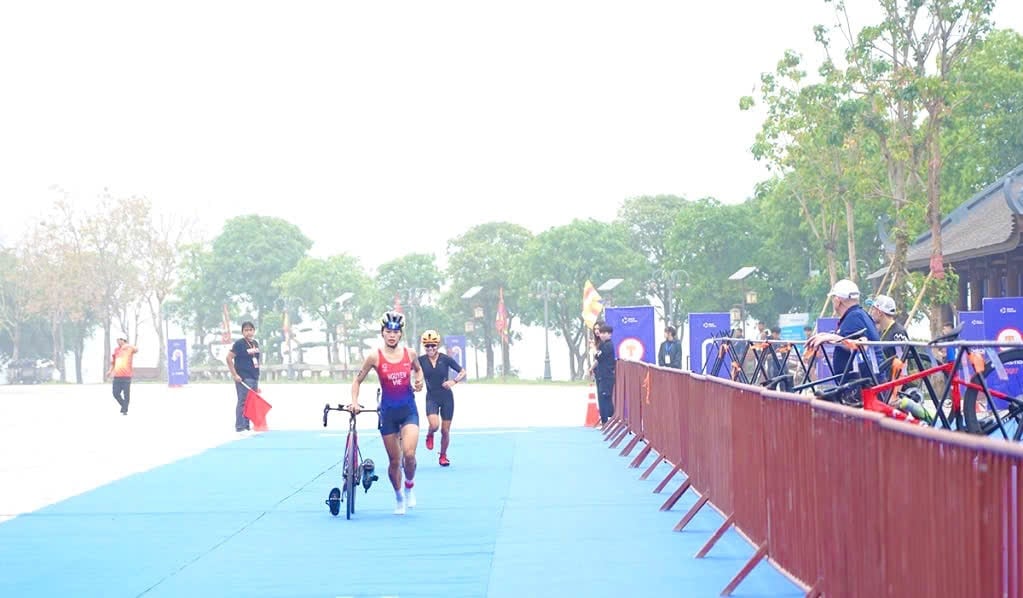
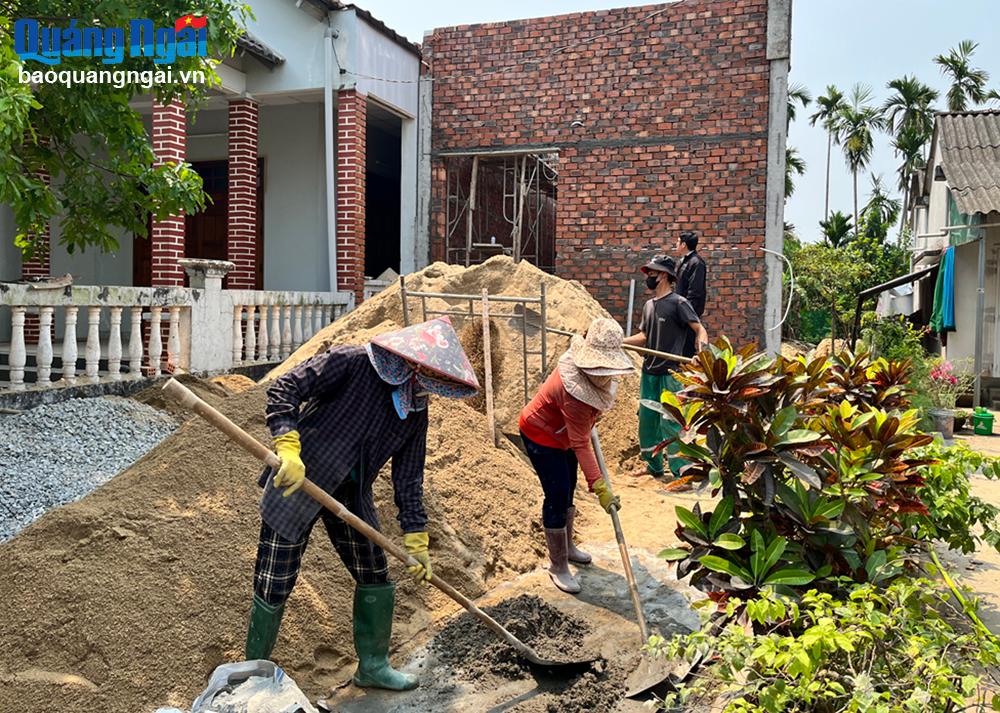

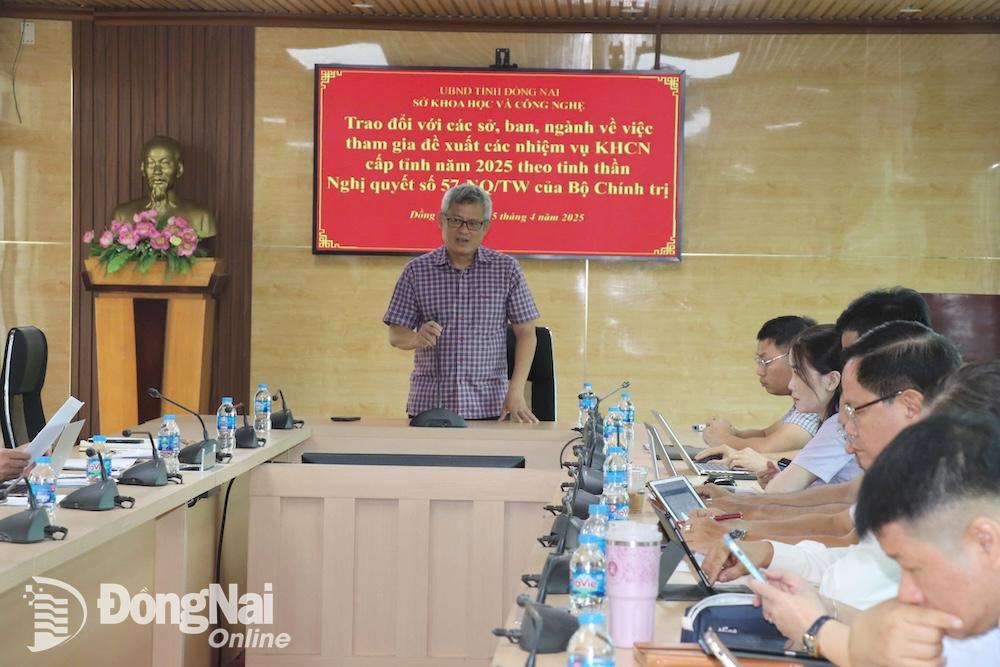

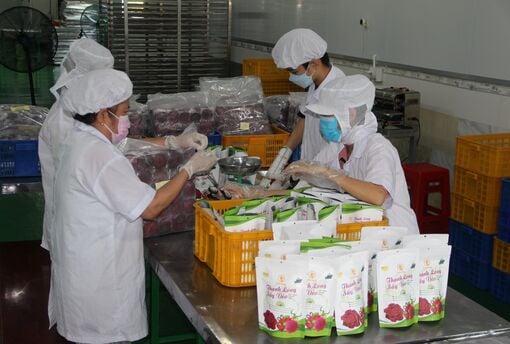

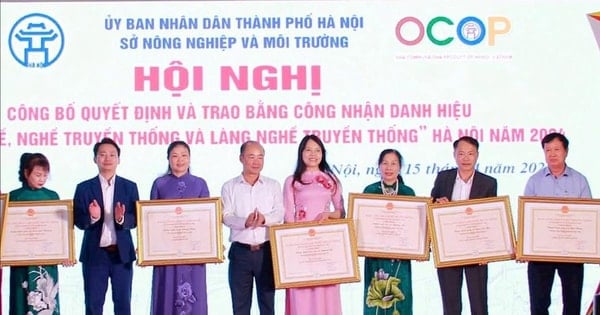
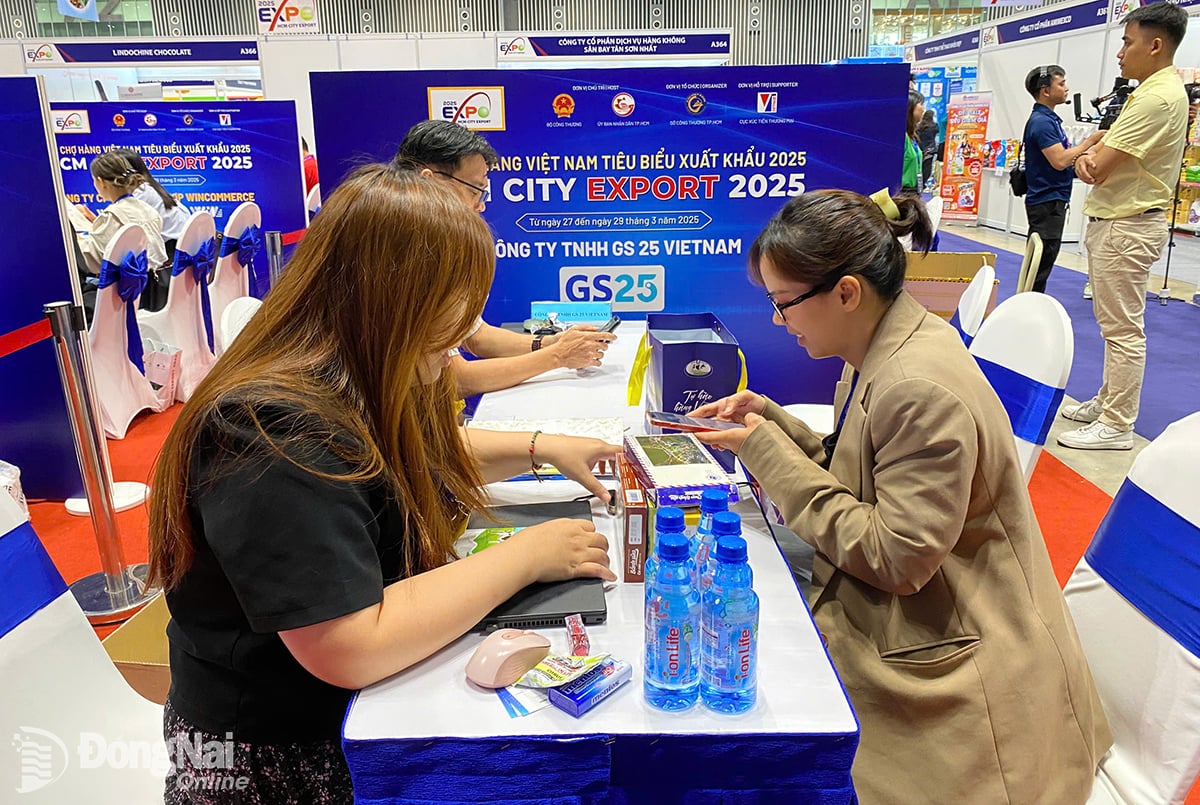
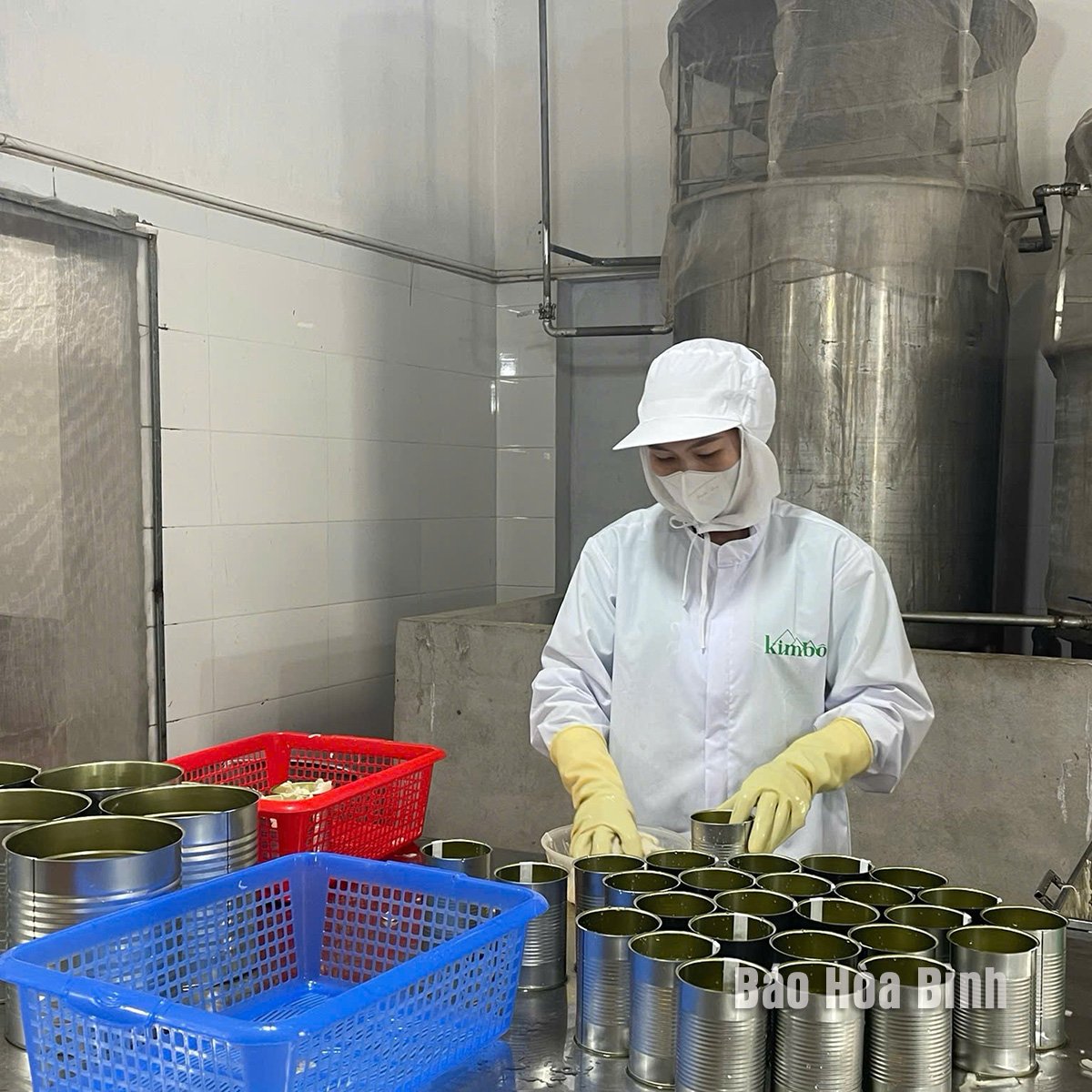
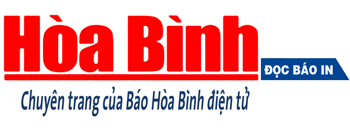
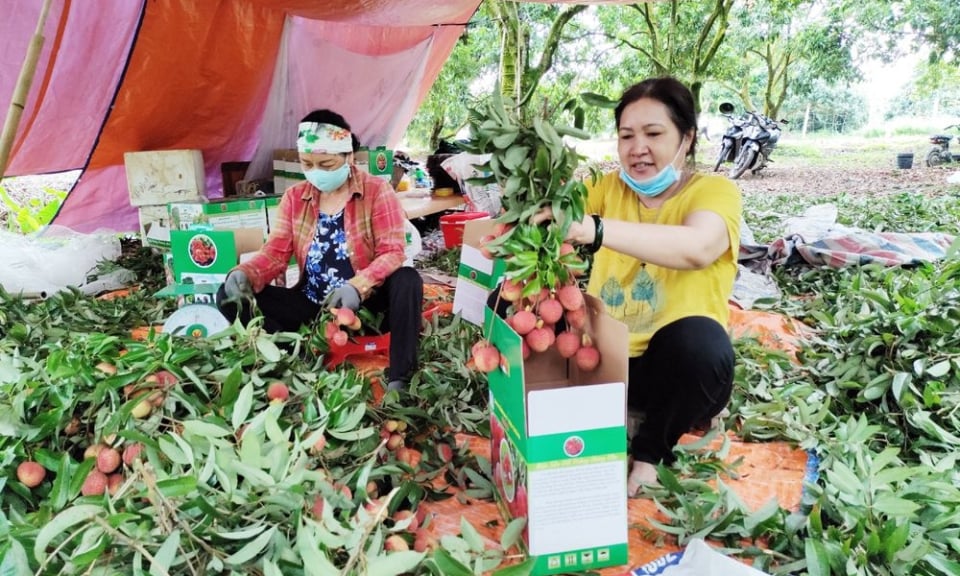

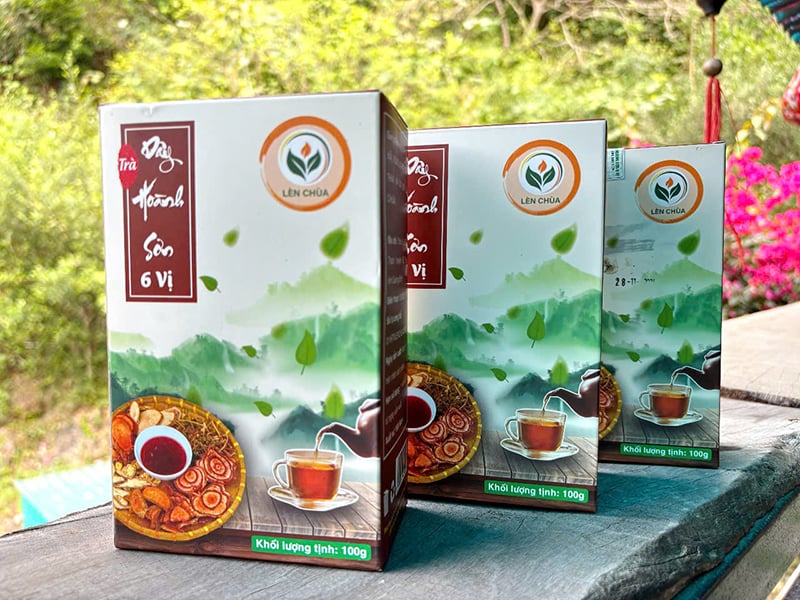
Comment (0)